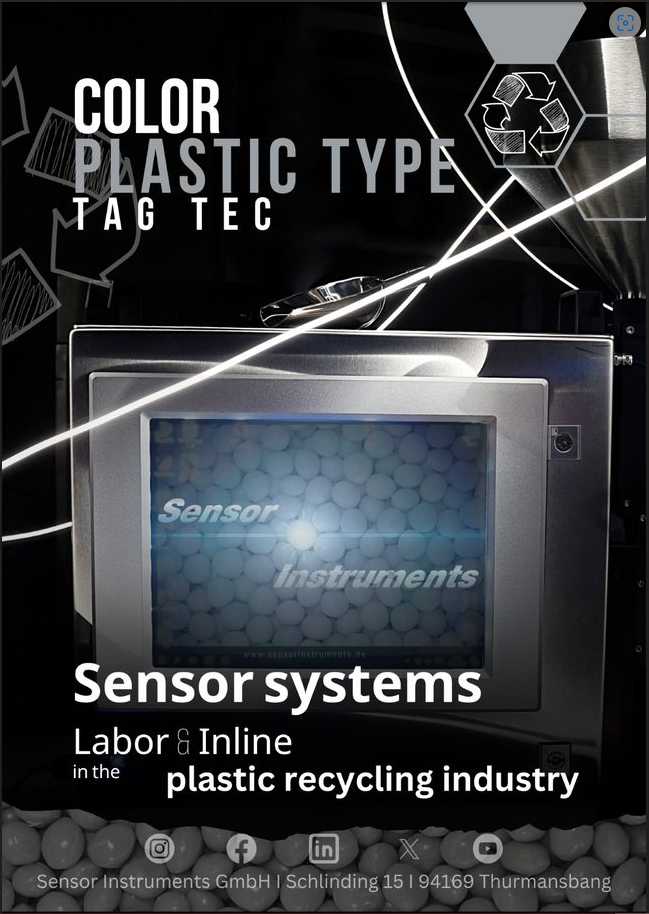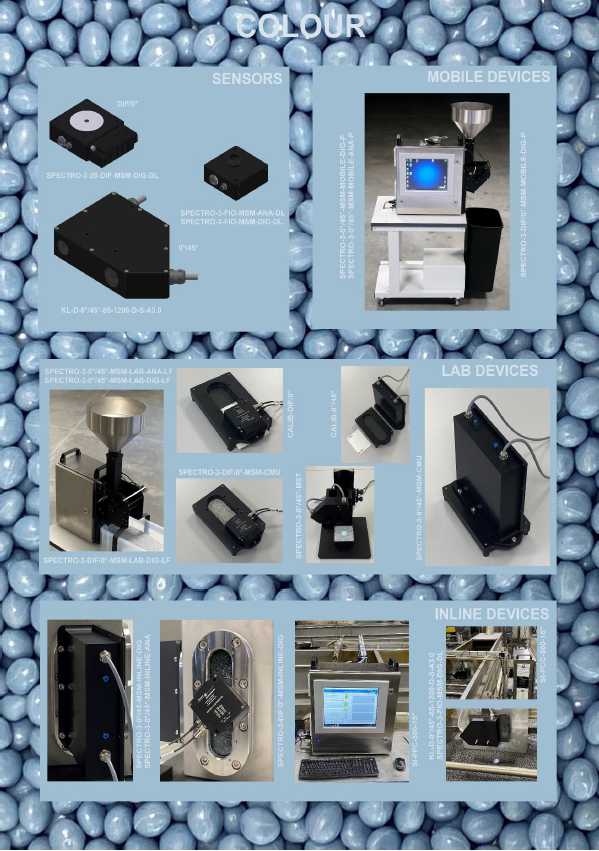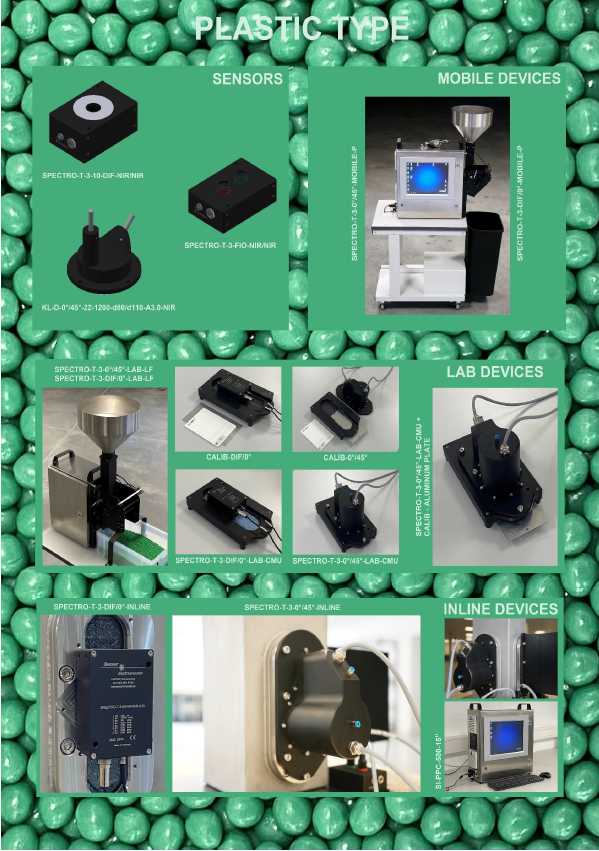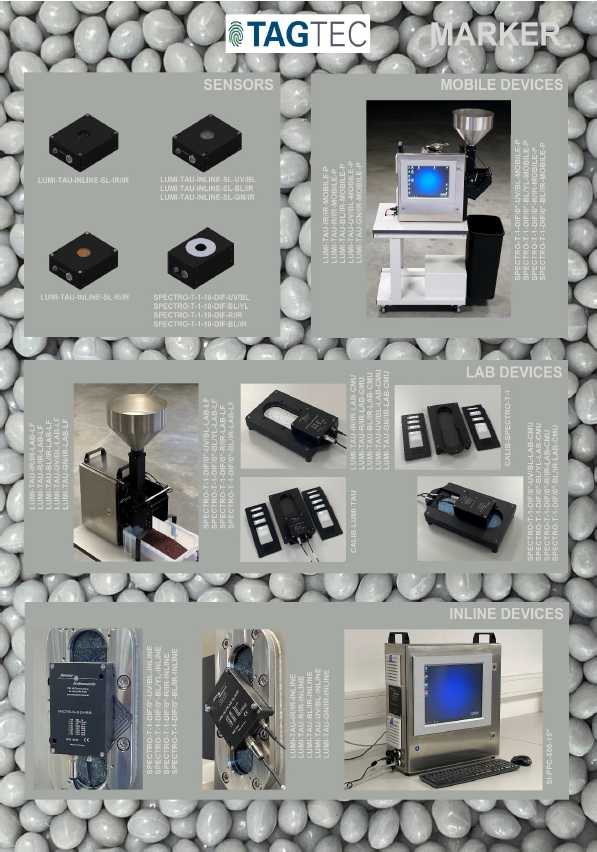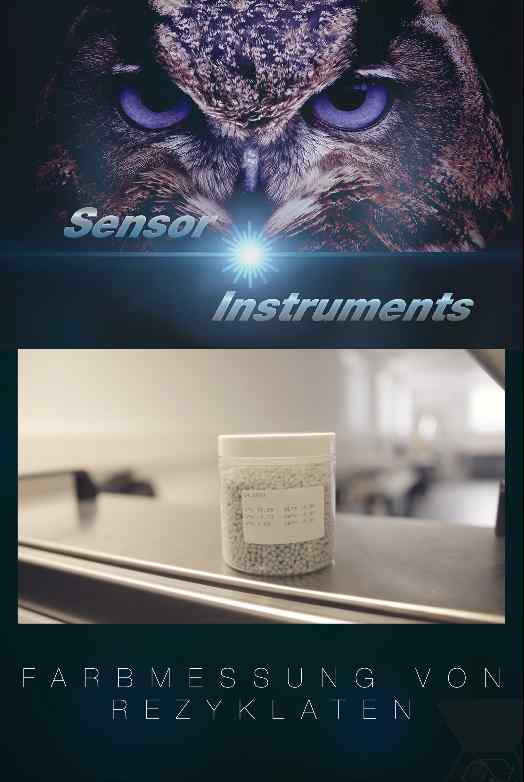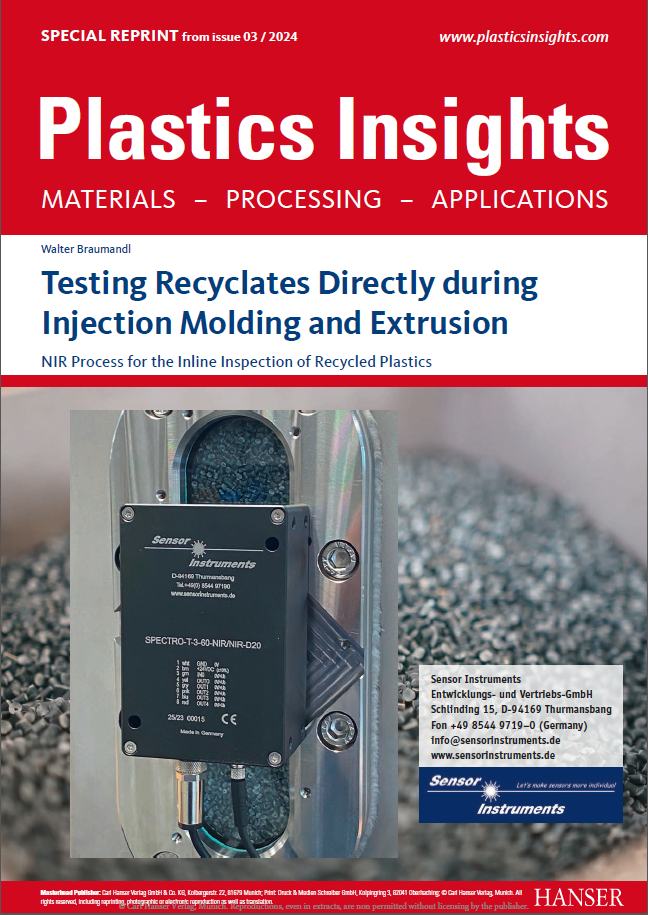Press Releases Sensor Instruments
20 June 2024
19 June 2024
20 November 2023
11 October 2023
1 September 2023
31 August 2023
24 August 2023
18 August 2023
22 August 2022
Specialist article on Kunststoffe International 06/2022
26 July 2022
Specialist article on Kunststoffe International 05/2022
(Category: Measuring Technology - Compounding & Recycling)
| How can the thickness of a coating layer between two PET films actually be determined?
For this purpose, four PET film pairs with different pint layer thicknesses between the two PET films (10µm, 20µm, 50µm and 80µm) were examined using the MIR transmitted light method. On the receiver side, two wavelength ranges with center wavelengths of 2.95µm and 3.90µm (SPECTRO-M-2-2.95/3.90) were available. The distance to the MIR transmitter (SPECTRO-M-15-T) was approximately 20mm. The presence of a silicone layer on a transparent plastic film was also investigated using this measurement method, with the result that this layer can also be detected quite well. |
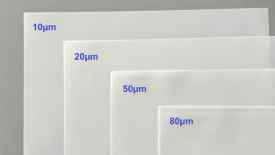  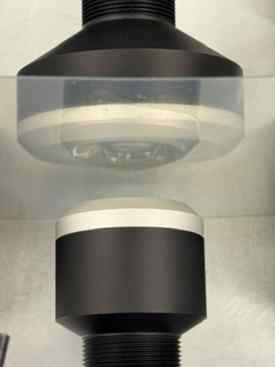 SPECTRO-M-15-T (light source) + SPECTRO-M-2-2.95/3.90 (receiver) |
19 June 2024
| Measurement of the lowest spray quantities in the Ex area
For applications with extremely low spray application, it is advisable to use a solution based on the reflected light principle. Many of these applications also take place in hazardous areas, which makes a fiber optic solution to the preferred choice. The respective spray jet is usually no longer visible to the naked eye. Using the ABL-V-ARRA-KL-M18-XL-A3.0 fiber optic frontend in conjunction with the SPECTRO-T-1-FIO-R/R control electronics, both the presence and the spray jet density can be reliably determined from a distance of typ. 60 mm between the front end and the spray jet. |
 SPECTRO-T-1-FIO-R/R (electronic control unit) + ABL-V-ARRA-KL-M18-XL-A3.0 (fiber optics frontend) |
20 November 2023
| The Windows® Software SPECTRO3 MSM DOCAL Scope facilitates inline calibration of the color sensor system in different ways, which are explained below in further detail.
Calibration with RAL plastic color cards The nonprofit organization RAL gGmbH, Bonn offers a collection of 300 different colored plastic cards calibrated according to the d/8° method. The corresponding L*a*b*-values are noted on every sleeve that is enclosed with the plastic color card. In addition, for the RAL plastic color cards, which can be obtained from Sensor Instruments GmbH, the respective L*a*b*-value, which is obtained from the 45°/0° measurement, is noted on both the RAL plastic color card as well as on the sleeve and in addition, assigned a 5-digit number. Sensor Instruments assigns and enters successive 5-digit numbers for new RAL plastic color cards to be calibrated, along with the L*a*b* color value that is calibrated on the RAL plastic color card, to a calibration file. Thus, during the calibration process, the sensor system only has to be presented the RAL plastic color cards to be calibrated and the matching 5-digit number input in the software. With this calibration mode, reference is made solely to the RAL plastic color cards, as a result of which a location-independent comparison of the measurement results is made possible, for example, for companies with several locations, since in such a case, manual color measuring instruments, the so-called manual colorimeters, can be dispensed with. Calibration using injection molded color platelets and recyclates But very often, it is exactly this relation to the manual or laboratory colorimeters already present in the facility that is desired, since it then becomes possible to better compare the measurement values between production and laboratory. This referencing to colorimeters that are already available in the facility through the SPECTRO3 MSM DOCAL Scope software is described in some more detail below. To do this, apart from the inline color measurement systems, Sensor Instruments also supplies laboratory equipment that work according to exactly the same process and whose sensor systems are identical. The systems that are available are both those that measure through an inspection glass as well as those which directly view the recyclate itself, of which measurements are to be taken. Inline colorimetry using the SPECTRO-3-0°/45°-MSM-INLINE-ANA and the matching laboratory equipment SPECTRO-3-0°/45°-MSM-CMU In both cases, calibration can be done directly with reference to the recyclate, while the L*a*b* reference values are determined using injection molded platelets, made from the same batch of the recyclate that is available to the devices to be calibrated. The L*a*b* reference values are determined using the injection molded platelets by means of the manual or laboratory colorimeters available in the respective facility. Inline colorimetry using a SPECTRO-3-FIO-MSM-ANA-DL in conjunction with a frontend KL-D-0°/45°-85-1200-D-S-A3.0-VIS and the matching SPECTRO-3-0°/45°-MST laboratory device Here too, the injection molded platelets provide the L*a*b* reference values. The optical frontend is pointed directly at the recyclate at a distance of 85 mm. The recyclate that is available during the calibration is also used for making the injection molded platelets. Thus, the injection molded platelets and the recyclate originate from the same batch. When calibrating using a SPECTRO-3-0°/45°-MST laboratory device, it is recommended that when recording the measurement value during the calibration process, the recyclate holding bowl should be moved in the x and y directions with the distance to the front end of the sensor being constant, so that the random position of the pellets can be compensated. Inline, this is done by transporting the pellets on a jolting conveyor. Here, the recyclate flow assumes a speed of typically 50mm/s to 100mm/s. During a calibration process with a duration of 30s, for example, the recyclate stream moves through 1.5m to 3m, i.e. an average is calculated across this measurement path during the calibration process. The measurement result is then correspondingly accurate and independent of the random position of the granulate grains. Even with vibrations that set the pellets in resonance and then cause them to "bounce", this can achieve significant compensation during the measurement process with a duration of a few seconds. What is decisive here is the large light spot size of approximately 20 mm diameter, as a result of which, even at standstill, optical averaging takes place across a large number of pellets. |
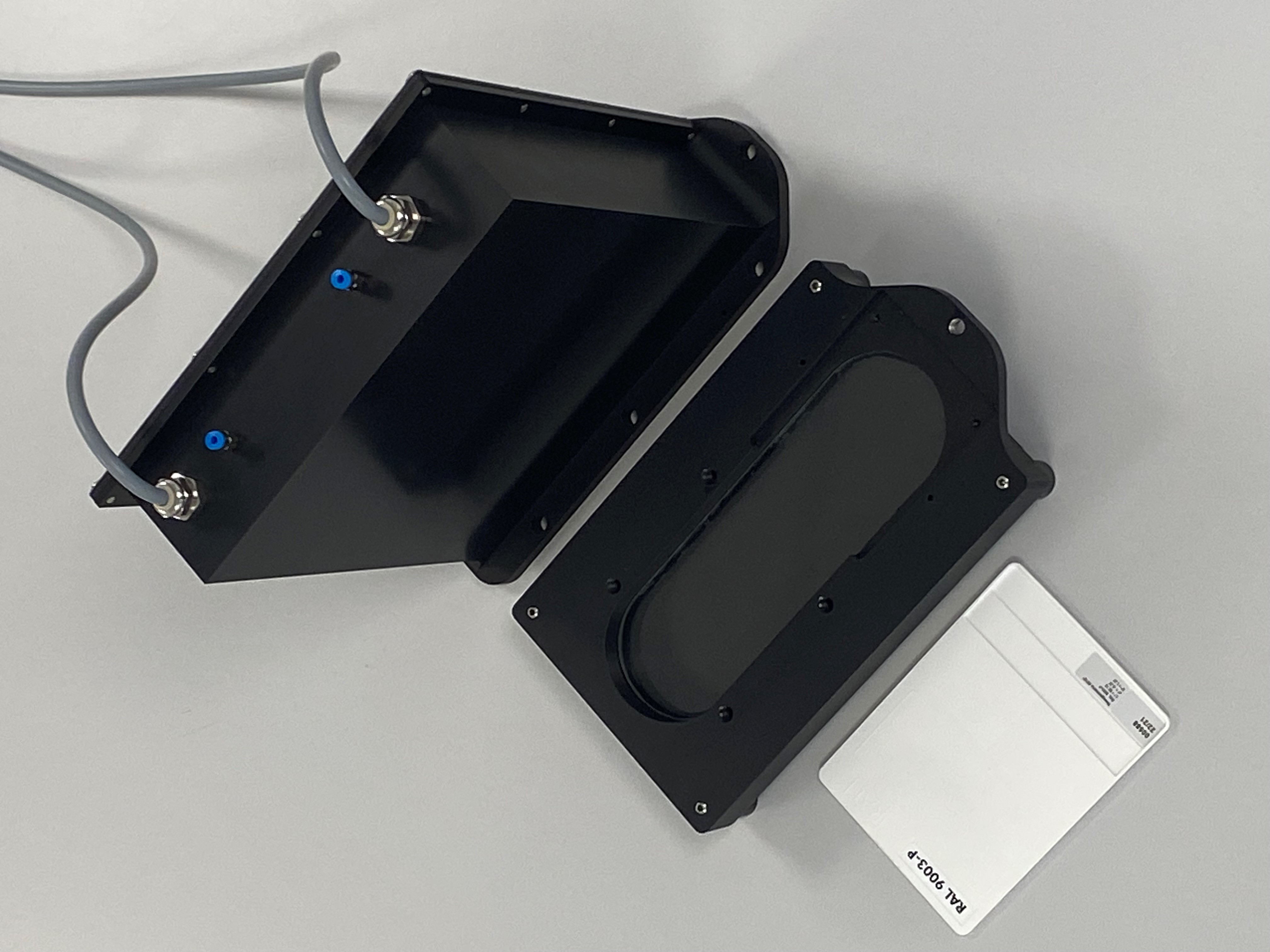 SPECTRO-3-0°/45°-MSM-INLINE-ANA + SPECTRO-3-0°/45°-MSM-CMU (Inline color measurement system) 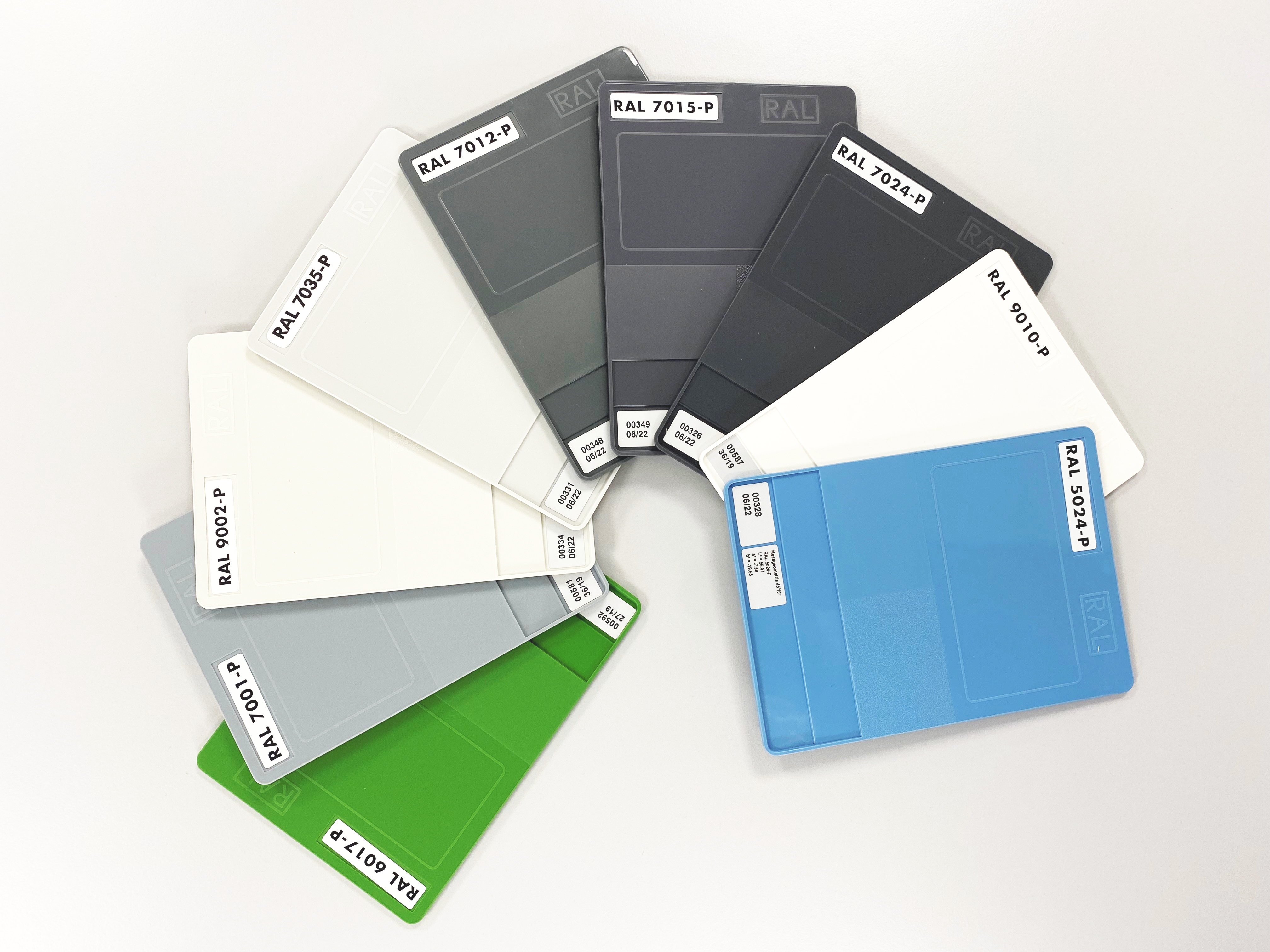 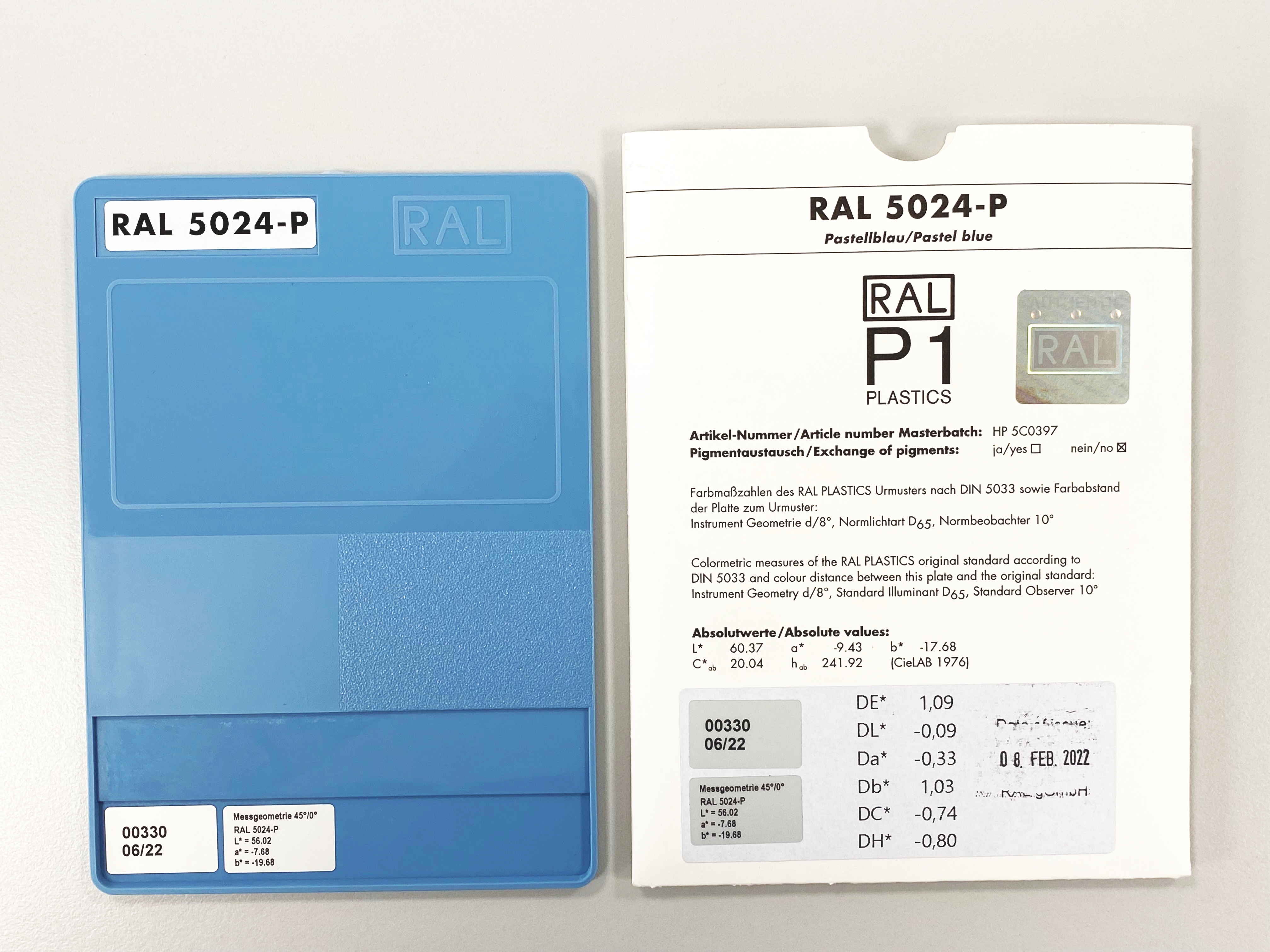 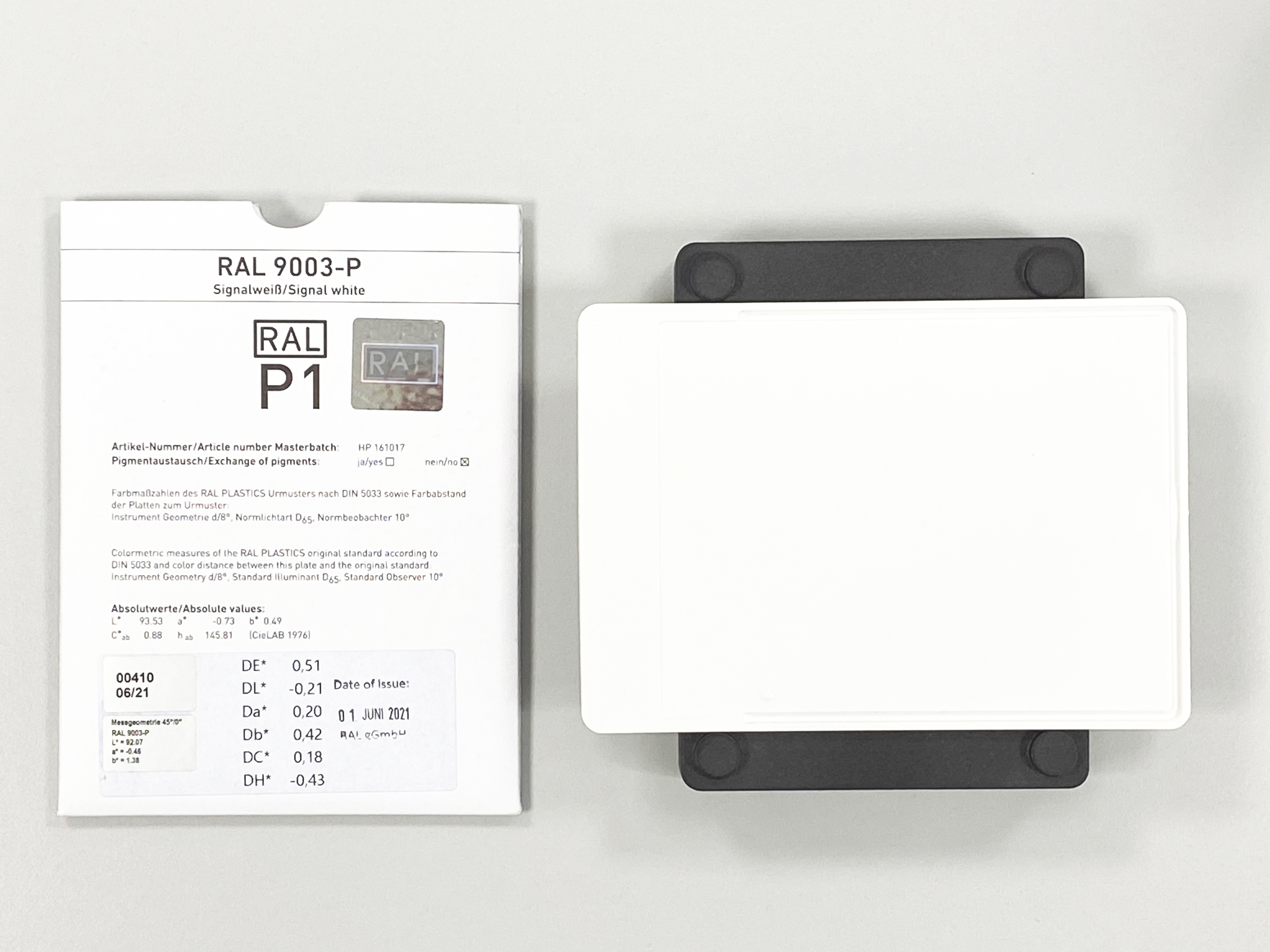 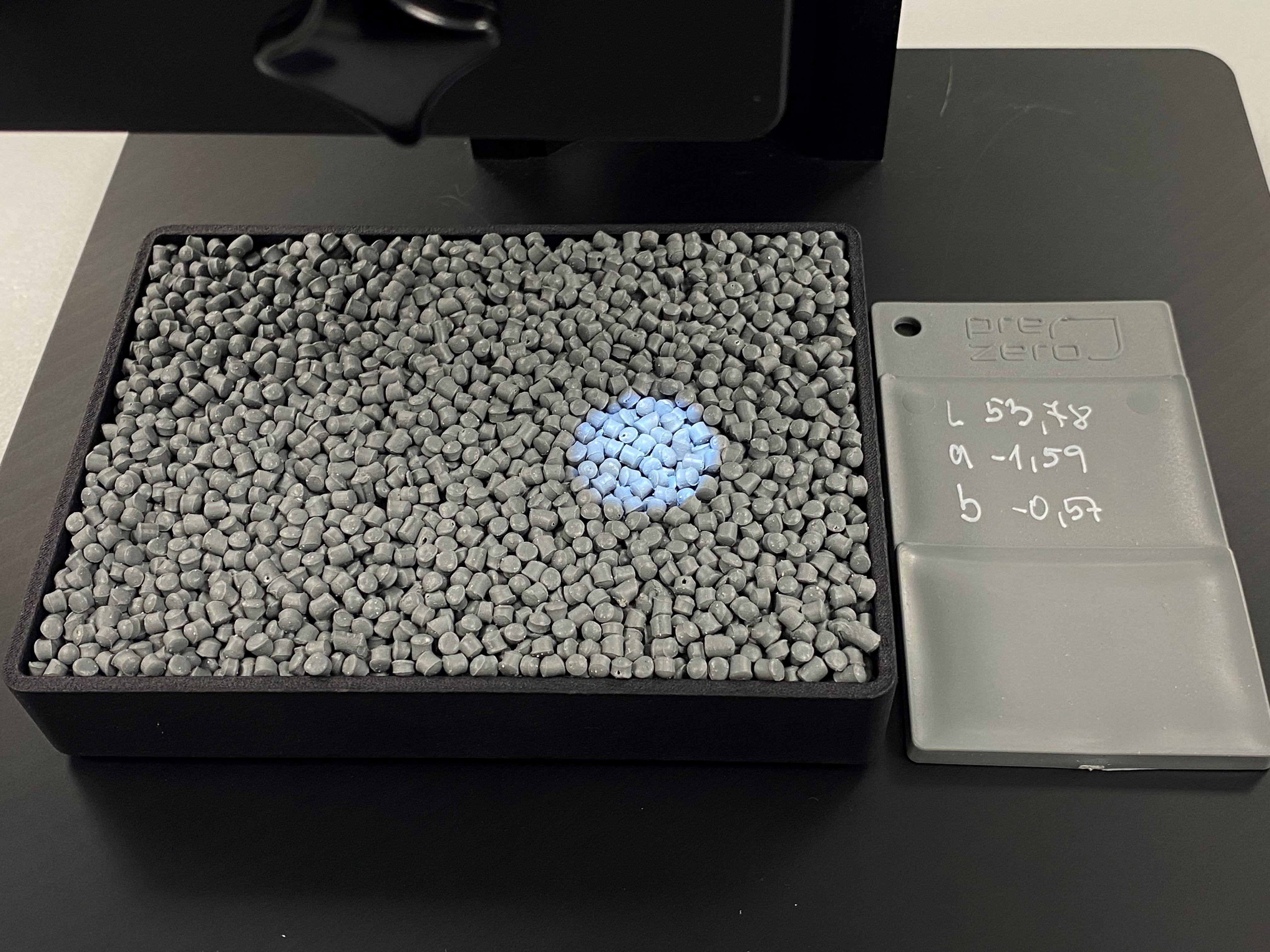 Calibration with RAL plastic color cards or using injection molded color platelets and recyclates 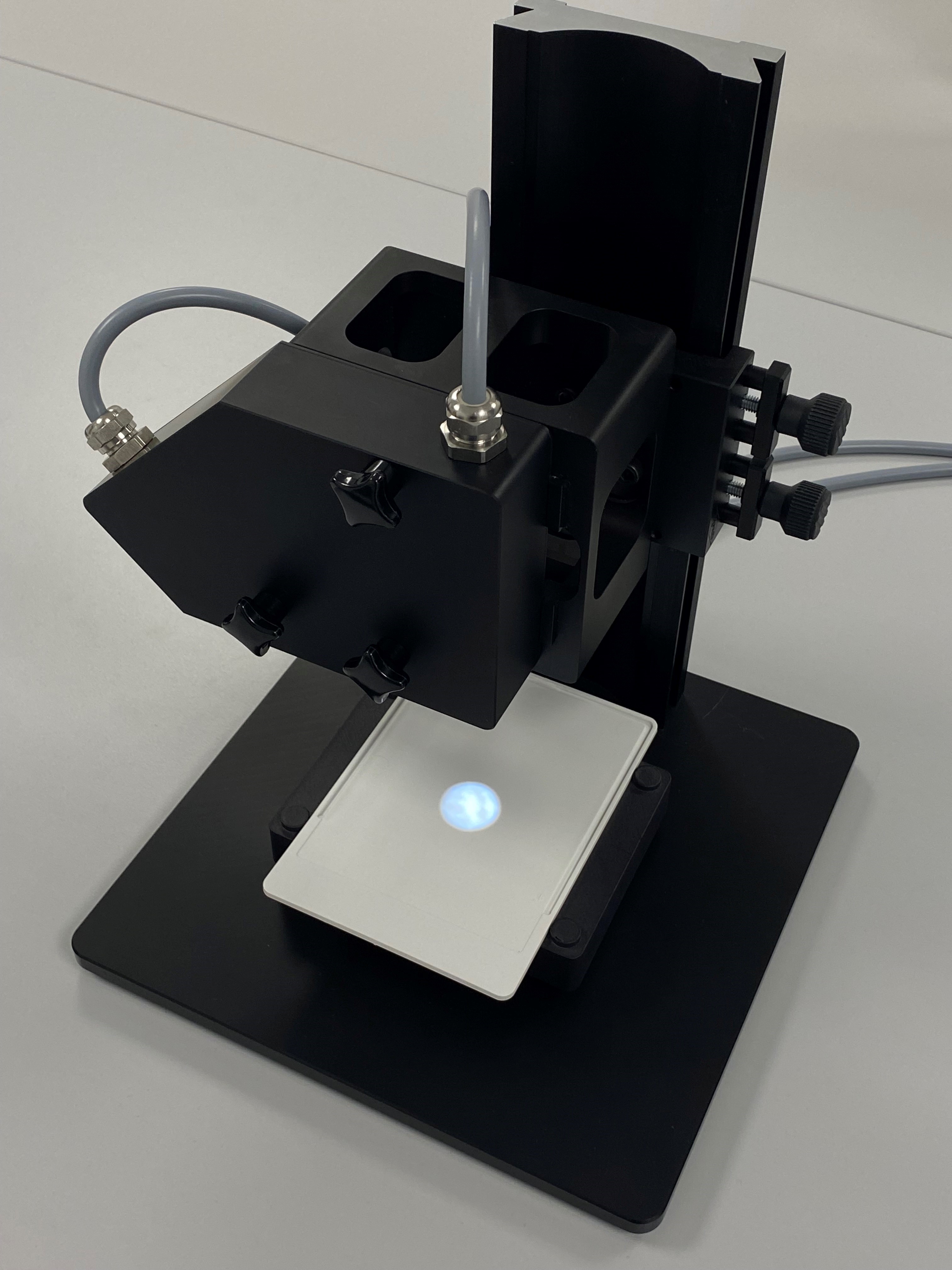 SPECTRO-3-FIO°-MSM-ANA-DL + KL-D-0°/45°-85-100-D-S-A3.0-VIS SPECTRO-3-0°/45°-MST (Inline color measurement system) 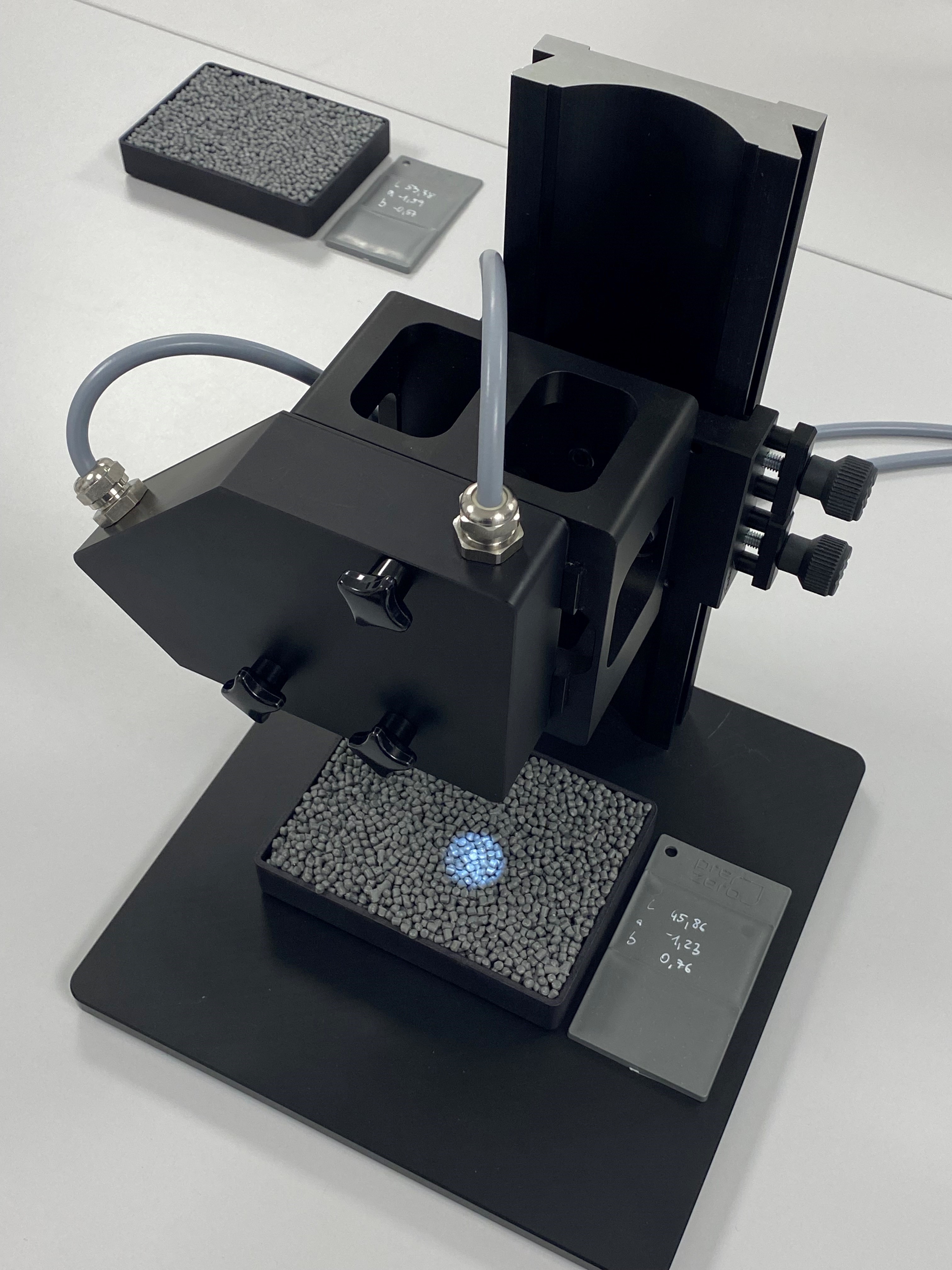 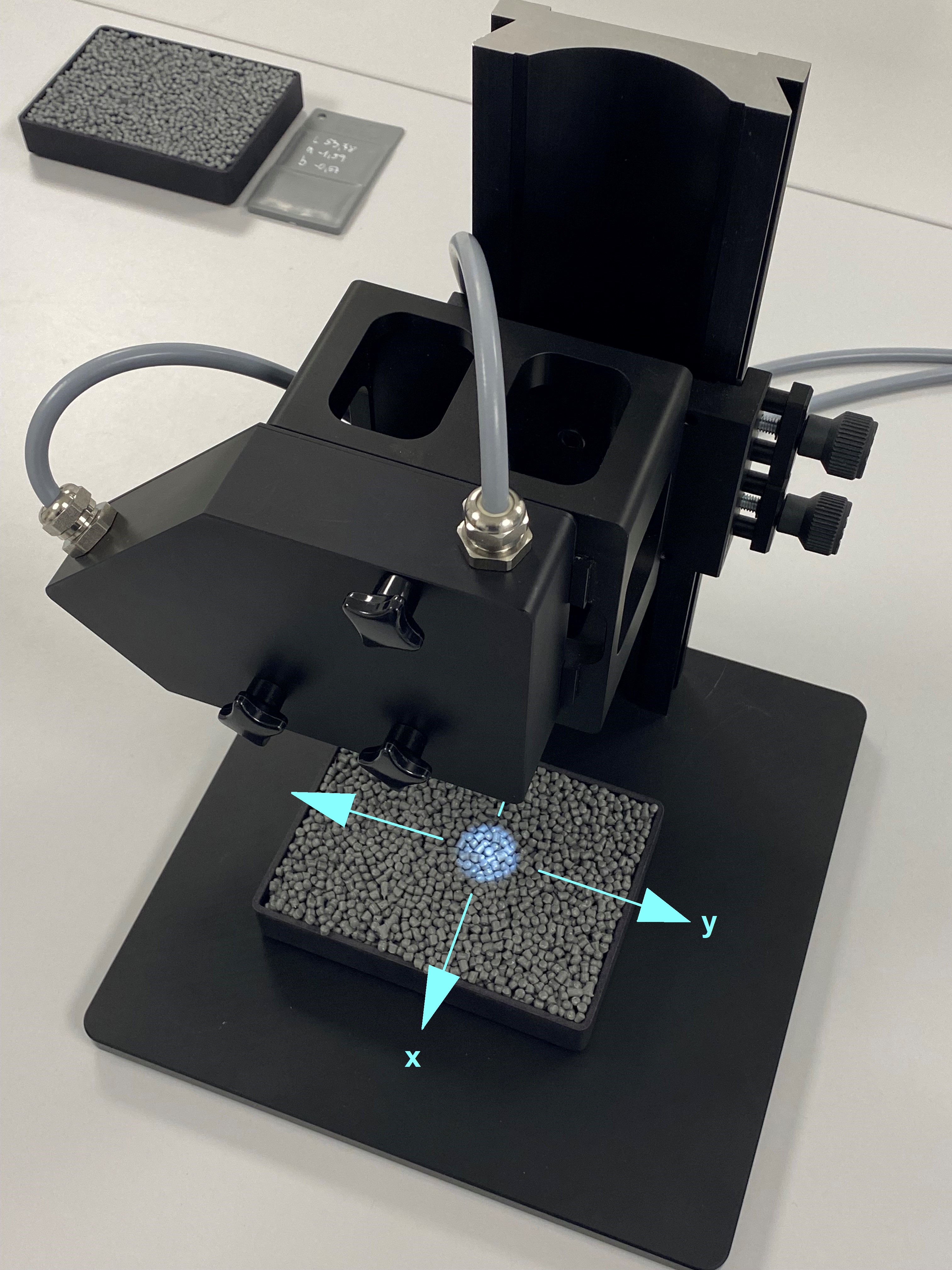 |
11 October 2023
| The increasing use of recyclates in the plastics industry means that efficient product control is assuming ever-greater importance. Whilst laboratory-based random quality control was sufficient in the past, the industry is increasingly considering the deployment of 100% control, especially in terms of the color gradient. Sensor Instruments has launched a number of inline systems to perform this function. Providing production staff with information about recyclate production at a very early stage, this covers not only the trend in the color of the recyclates, but the color of the recyclates in combination with their temperature, whilst monitoring the product flow level. The product flow level is important for exact determination of the recyclate color, whilst also providing timely information about a possible blockage of the sieve immediately after the vibrating feeder. The data is also made available for quality assurance via a digital-serial interface (Ethernet).
|
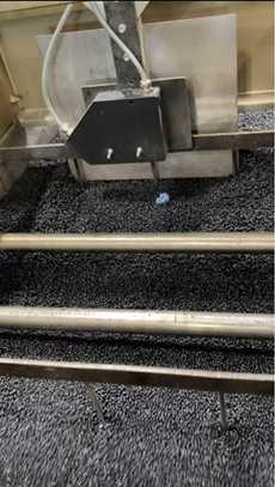 SPECTRO-3-FIO-MSM-ANA-DL (Inline color measurement system) |
1 September 2023
31 August 2023
| Open spectrographs, designed as hyperspectral cameras, are usually used in the recycling sector to perform the separation of different plastics. Working in combination with a broadband NIR light source (e.g. built up from high-intensity halogen spotlights), these cameras combine a moderate spatial resolution with a good spectral resolution of the objects.
Plastic granulates on the other hand, do not require individual spectral differentiation. Instead, an integral process should record as many plastic pellets as possible at the same time, thereby obtaining reliable information about the quality or purity of the product. The complex technology that would be necessary to determine the spatial resolution is unnecessary and can be dispensed with. A more cost-effective alternative is a system that works in accordance with the three-range procedure. |
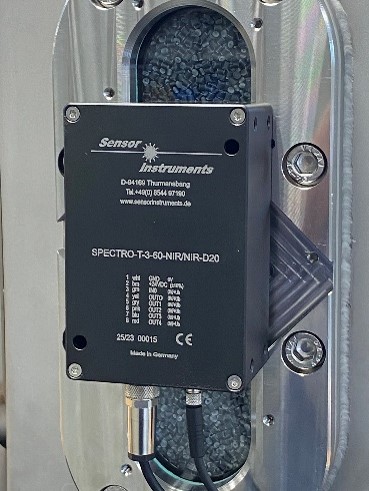 SPECTRO-T-3-60-NIR/NIR-D20 (NIR sensor fixed optics version) 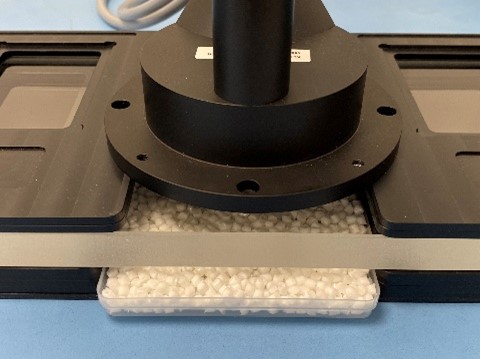 SPECTRO-T-3-FIO-NIR/NIR + KL-D-0°/45°-22-1200-d80/d110-A3.0-NIR (NIR sensor fiber optics version) |
24 August 2023
| Sometimes it makes sense to follow. For example, your conscience or good advice from friends. But following people or brands on Instagram or LinkedIn? That is not obligatory. And what about the mainstream? "All is well! Just not always, just not everywhere and not for everyone" (to “follow” Novalis). At Sensor Instruments, although we prefer to choose our own path, we do see the need to follow certain things; for instance the colors.
Especially in terms of the color of recyclates, our esteemed market companions have been quite busy lately. Today, almost every company in the plastics recycling sector uses a portable device to measure the color of recyclates. These do their job, with the expected ease of use, at an affordable price and with precision. But are they really precise? |
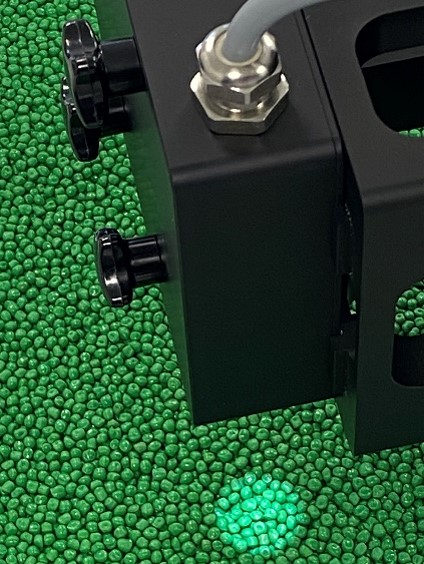 Inline color measurement systems |
18 August 2023
| What is the best way to monitor my product throughout its life cycle?
The digital product passport from R-Cycle, DPP for short, provides an excellent basis for this task. The product and recycling-relevant data can be queried in a simple manner using the DPP. The DPP can be opened with two different codes: a QR code or a digital watermark. Both can either be applied to the product as sleeves or labels or lasered into the injection mould as a 3D code. Digital watermarks are considered copy-proof, whereas a QR code is easy to imitate. Nevertheless, a QR code can be classified as 'safe’ in combination with the TAGTEC masterbatches from Gabriel-Chemie. The TAGTEC masterbatches from Gabriel-Chemie contain a rich selection of different light-stimulable markers that can be detected using special optical sensor technology from Sensor Instruments. TAGTEC-marked products have proven to be forgery-proof, especially when used in combination with the features provided by a DPP, thereby providing very robust and reliable supply chain monitoring. |
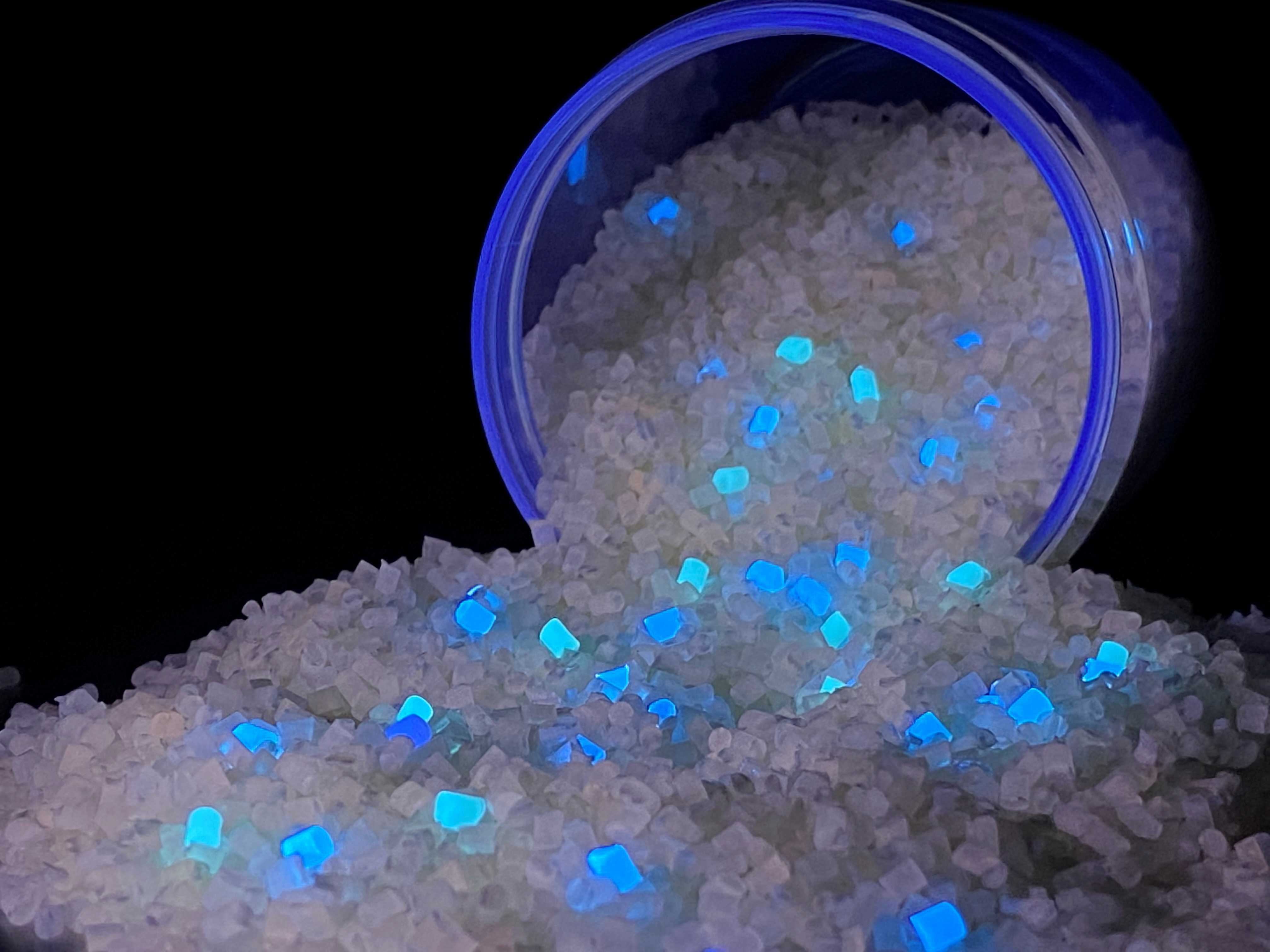 |
22 August 2022
Specialist article on Kunststoffe International 06/2022
(Category: Materials - Additives)
| Holy Grail Improved Sorting of Plastic Waste with Luminescent Pigments
The HolyGrail 2.0 Initiative aims to improve the sorting of plastic waste. For this purpose, digital watermarks containing information on packaging type, material, and usage will be applied on products. However, the method also has certain drawbacks. Here, luminescent pigments provide an alternative that is permanent and can withstand several processing cycles. ► Specialist articel on en.Kunststoffe.de |
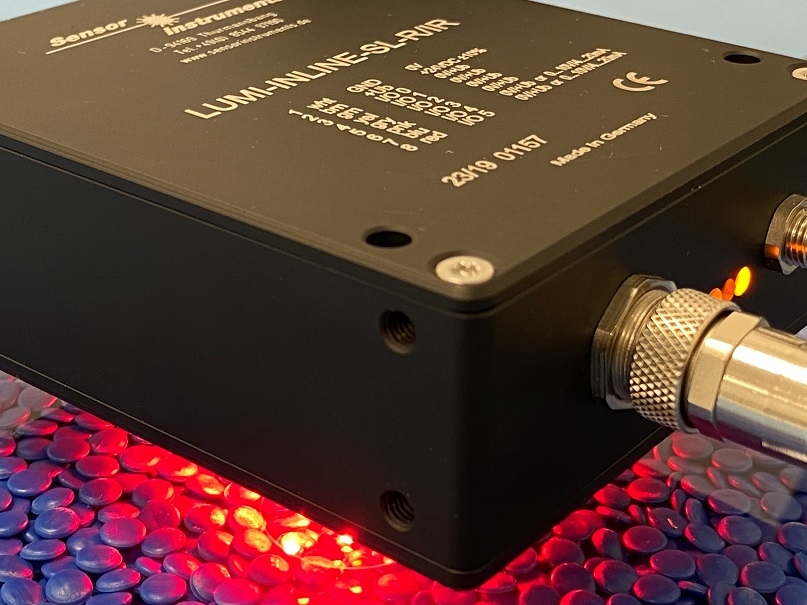 Imaging systems LUMI-STAR-INLINE LUMI-STAR-INLINE-R/IR Inline detectors LUMI-TAU-INLINE LUMI-TAU-INLINE-SL-R/IR |
26 July 2022
Specialist article on Kunststoffe International 05/2022
(Category: Measuring Technology - Compounding & Recycling)
| Ensuring Color Consistency of Recycled Materials The mass of recyclable plastic waste has been growing steadily for years. This is mainly the result of technical advances made in both processing and sorting. At the same time, the recycling targets set by the EU are piling more and more pressure on companies to increase the amount of recycled plastics in their products. This in turn is raising the requirements imposed on the recycled materials themselves. Aside from the nature of the polymer and the previous application, the color of the recycled material is important.
► Specialist article on en.kunststoffe.de |
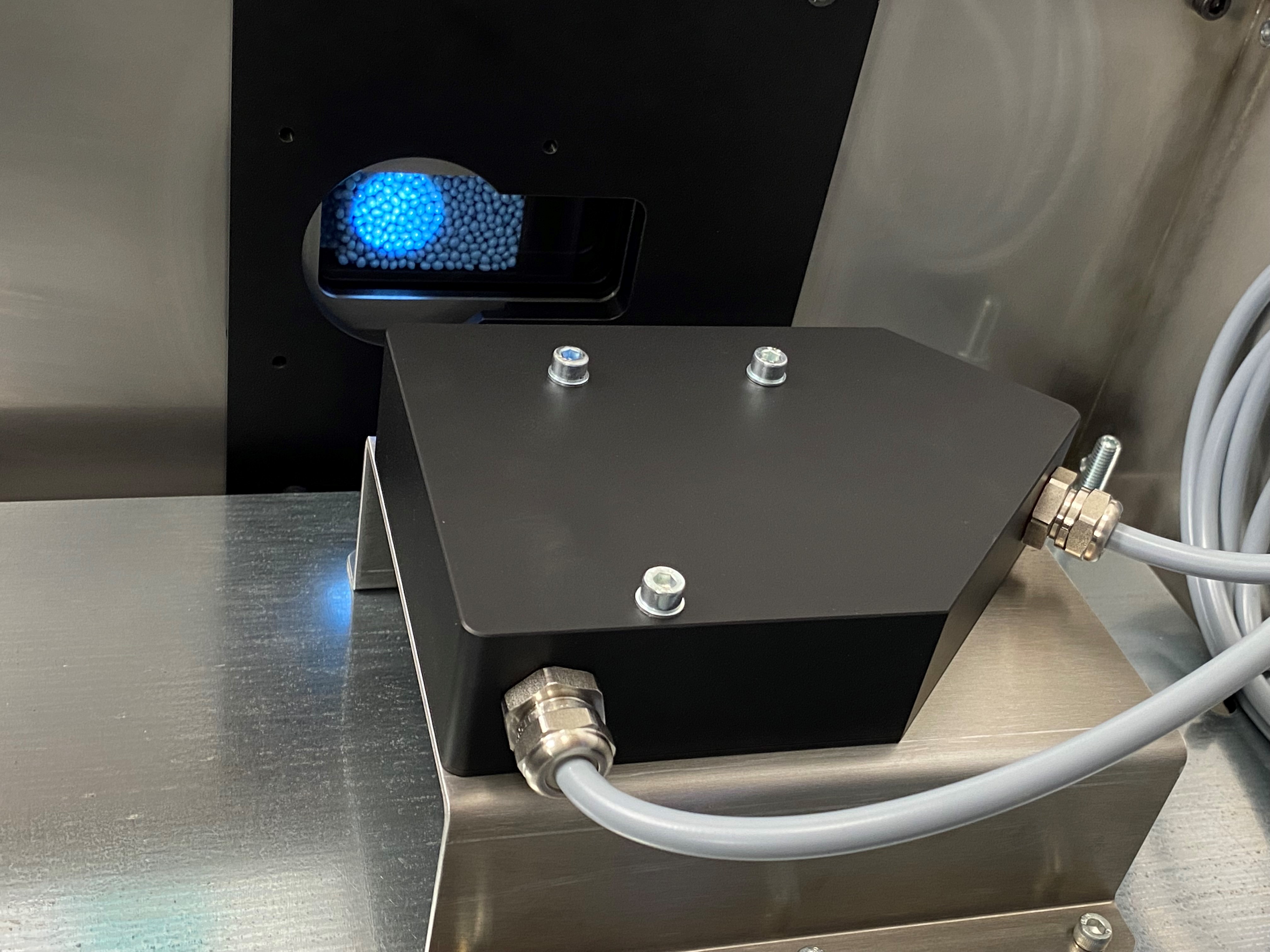 Laboratory measurement systems SPECTRO-LAB-SYSTEMS SPECTRO-3-0°/45°-MSM-LAB-ANA-P |
20 June 2022
| In terms of process technology, it is relatively easy to keep the color value of a package constant when virgin plastic granules are used, since the process of color homogeneity is quite well mastered by masterbatch producers. Technically sophisticated dosing systems mix masterbatch and base granules in the empirically determined optimum ratio. The minimal color deviations from packaging to packaging are thus no longer visible to the naked eye. The term dE (distance between two color values in the L*a*b* color space) used in professional circles is below 1.
With the help of color sorting during the separation of the recycling stream, an attempt is now made to keep the color of the plastic recyclate constant. To ensure that the tolerance limits for the color value are not exceeded, however, constant product monitoring is required with regard to the color. The SPECTRO-3-0°/45°-MSM-LAB-ANA-P laboratory instrument from Sensor Instruments GmbH, described below, is designed to help monitor and document the color progression of the recyclates. The idea is to take samples from the recyclate stream at regular intervals and then feed them to the laboratory color measurement system. In addition to the color value L*a*b*, the device also displays its deviation dL*da*db* from a reference color value. Furthermore, each sample is documented and can subsequently be provided with a label indicating the respective date, time and L*a*b* and dL*da*db* value. ► Press release (Word/pdf) |
 Laboratory measurement systems SPECTRO-LAB-SYSTEMS SPECTRO-3-0°/45°-MSM-LAB-ANA-P |
27 January 2022
| Reward for innovation: after convincing the jury of the 29th round of the TOP 100 competition, the Thurmansbang-based Sensor Instruments GmbH was awarded the prestigious TOP 100 Seal 2022, a distinction reserved for especially innovative medium-sized companies. Sensor Instruments will be presented with the award on 24 June by the competition mentor, science journalist Ranga Yogeshwar.
► Press release (Word/pdf) |
 TOP 100 Prüfkriterien TOP 100 Presse |
24 November 2021
| When designing spray systems, it is important to ensure that the sensor technology is matched to the size of the spray cone and the spray volume of the application in question. Furthermore, the geometry of the spray cone and the spray quantity depend on the medium used (primer, adhesive, solvent, water, alcohol, paint, etc.) as well as on the spray nozzle opening, the overpressure and the spray quantity dosage. Particularly when using tough, adhesive media (glue) as a spraying agent, it can happen that part of the spray nozzle opening sticks, which leads to a change in both the spray quantity and the spray geometry. As a result, the spray jet can be changed in terms of direction as well as opening angle. When designing a spray jet control system, it is important to address some key questions. ► Press release (Word/pdf) |
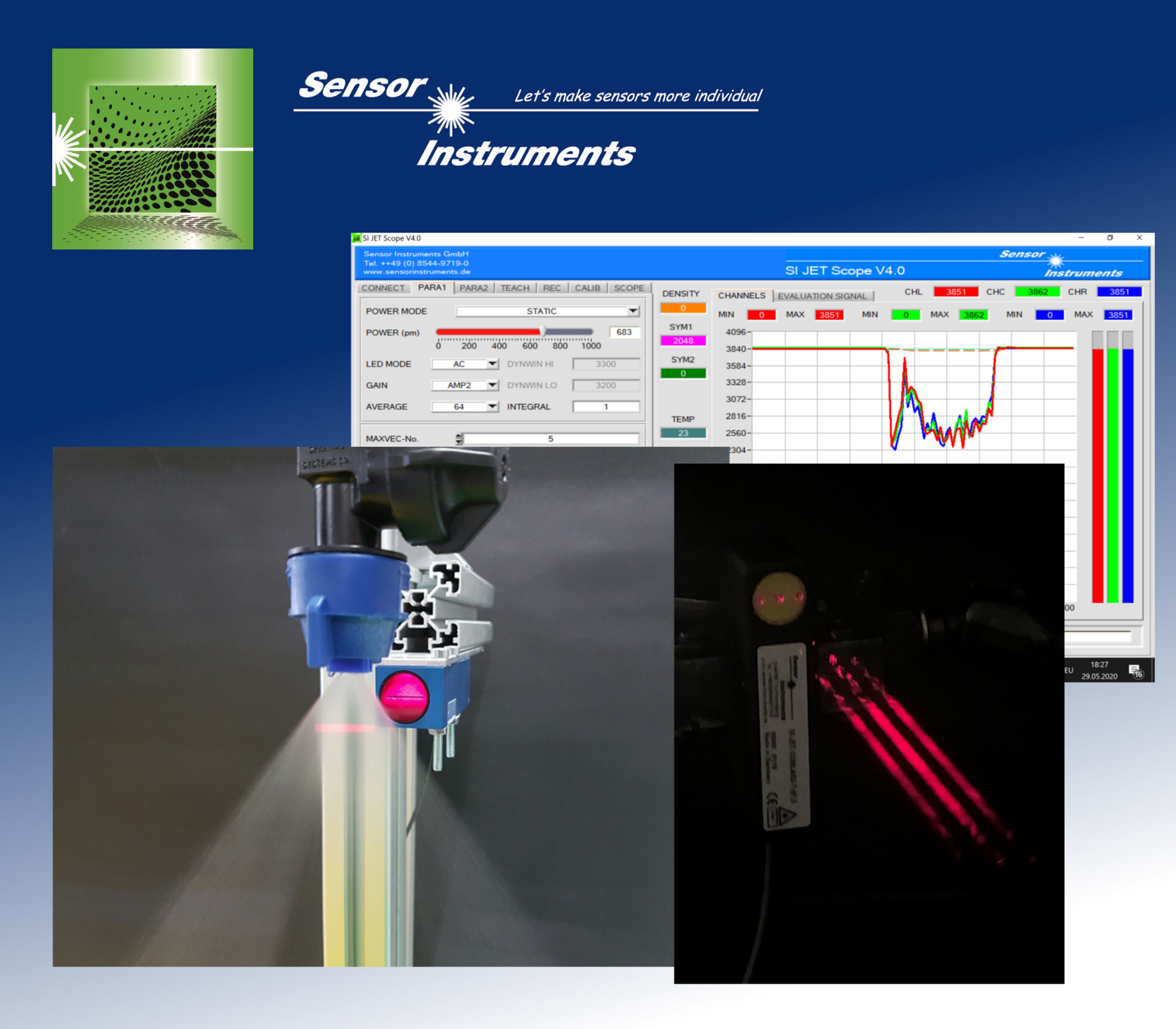 A-LAS-CON1 L-LAS-TB-...-AL-SC Series SI-JET Series SPECTRO-1-CONLAS SPECTRO-1-FIO Series SPECTRO-1-FIO-JC |
15 April 2021
| Surface coatings are often applied by spraying. Ideally, objects should be coated homogeneously. Air pockets in the spraying medium, partial covering of the nozzle outlet apertures or an abrupt pressure fall in the spraying system can result in inhomogeneities in the spray cover and thus uneven coating of the workpiece. Timely recognition of deviation from the ideal spraying procedure can be performed via continual spray jet control. The spray jet control systems of the SI-JET series and the SPECTRO series from Sensor Instruments GmbH provide information about the spraying quantity, the length of interruptions and the spray jet symmetry. Three-jet systems (SI-JET-CONLAS3 and SI-JET3) two-jet systems (SPECTRO-2) one-jet systems (SPECTRO-1) and continuous light barriers (L-LAS-TB-…-SC) are available to perform the respective task. ► Press release (Word/pdf) |
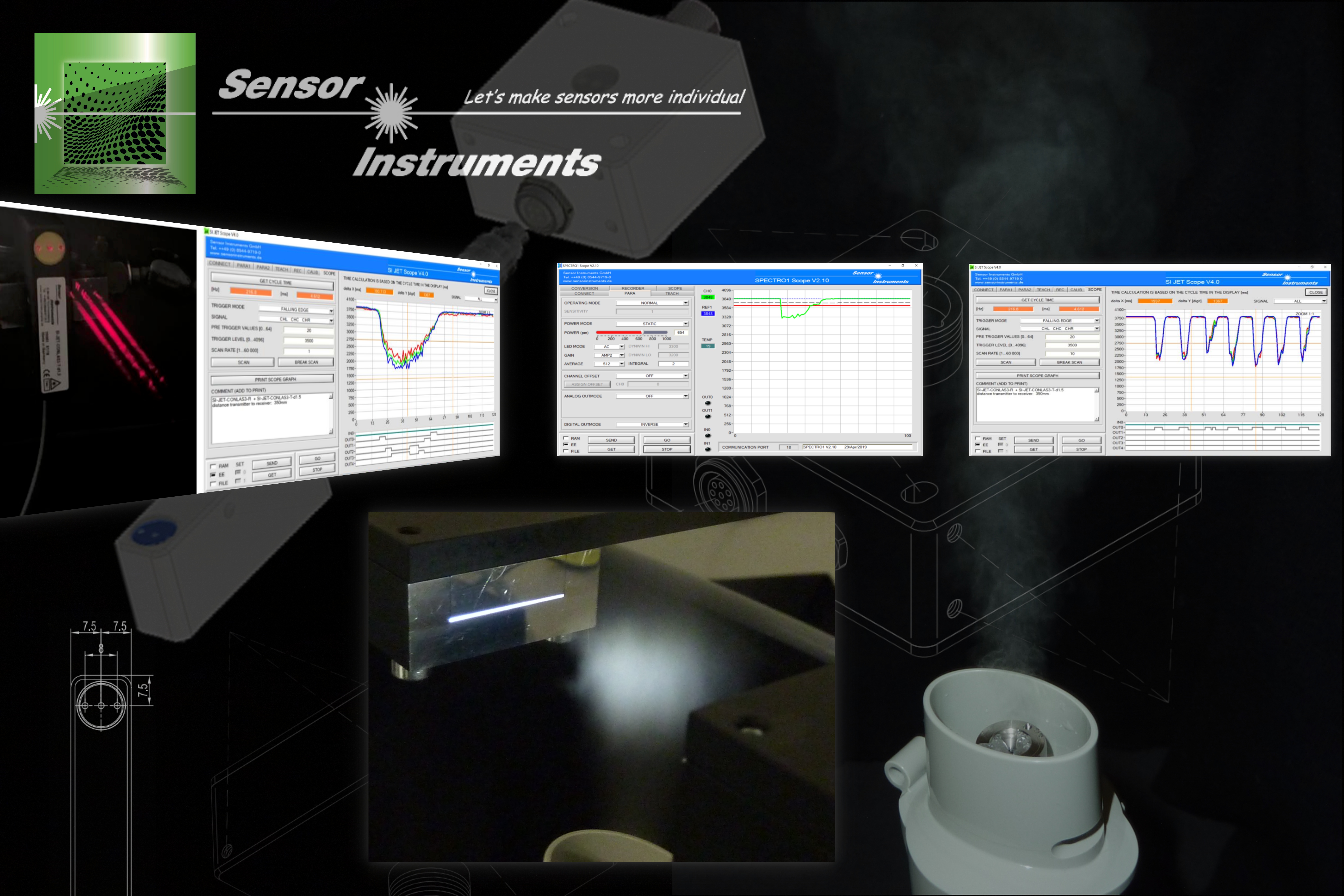 SI-JET Series SPECTRO-2 Series SPECTRO-1 Series L-LAS-TB-AL-SC Series |
15 April 2021
| The human eye reacts principally to differences in contrast (differences in gloss) and color. For example, if we look at freshly-installed floor boards, we immediately notice even the smallest differences in color and gloss between the individual panels. It comes therefore as no surprise that manufacturers do their very best to minimize difference in color and gloss between the individual panels. The checking process conducted to this end was previously performed using hand-held offline measuring units; Sensor Instruments GmbH has developed an inline alternative. Our GLOSS series gloss detection sensors can measure the gloss grade of painted wooden panels in the angles 20°, 60° and 85° at a distance of 20mm, 15mm and 5mm to the surface (depending on the sensor type: GLOSS-20-20°, GLOSS-15-60°, GLOSS-5-85°). ► Press release (Word/pdf) |
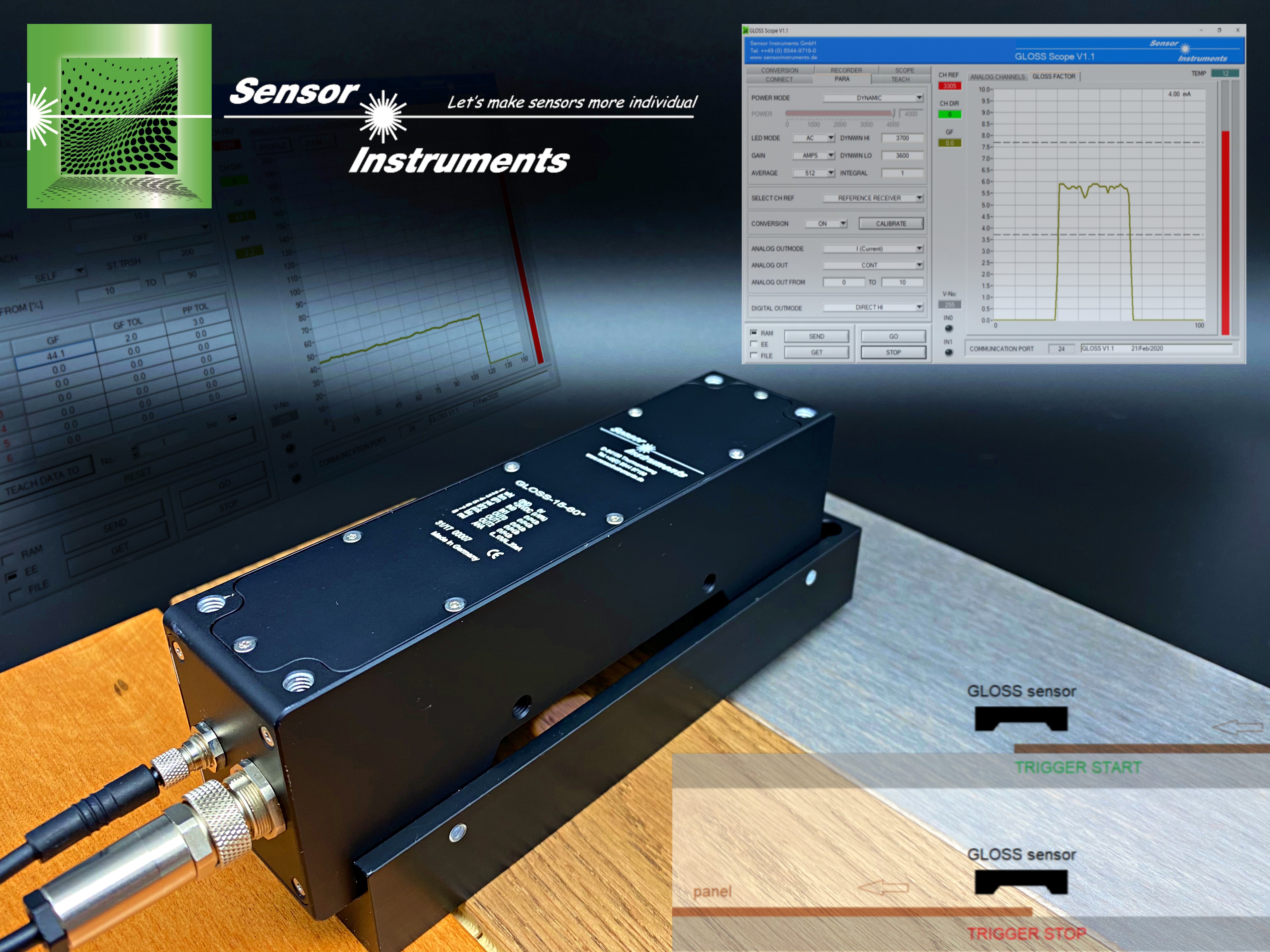 GLOSS-20-20°, GLOSS-15-60°, GLOSS-5-85° GLOSS Series |
16 February 2021
| The color tone of textile fibers should, as far as possible, be measured at the start of the textile dyeing process using inline measurement. The information about the actual color tone (the actual value) can be compared with the color tone target using the PLC. The difference between these two color values provides information as to whether a more or less color should be added to the color bath. A SPECTRO-3-28-45°/0°-MSM-ANA-DL is suitable for measuring the color of the fiber strand which is fitted with a 45° illumination and detects the color under 0°. It is thus possible to avoid the great majority of direct reflection as comes from dye which is still damp during measurement. The distance between the sensor and the color strand is typically 28 mm and the detection range assumes a diameter of c. 10 mm with this clearance. ► Press release (Word/pdf) |
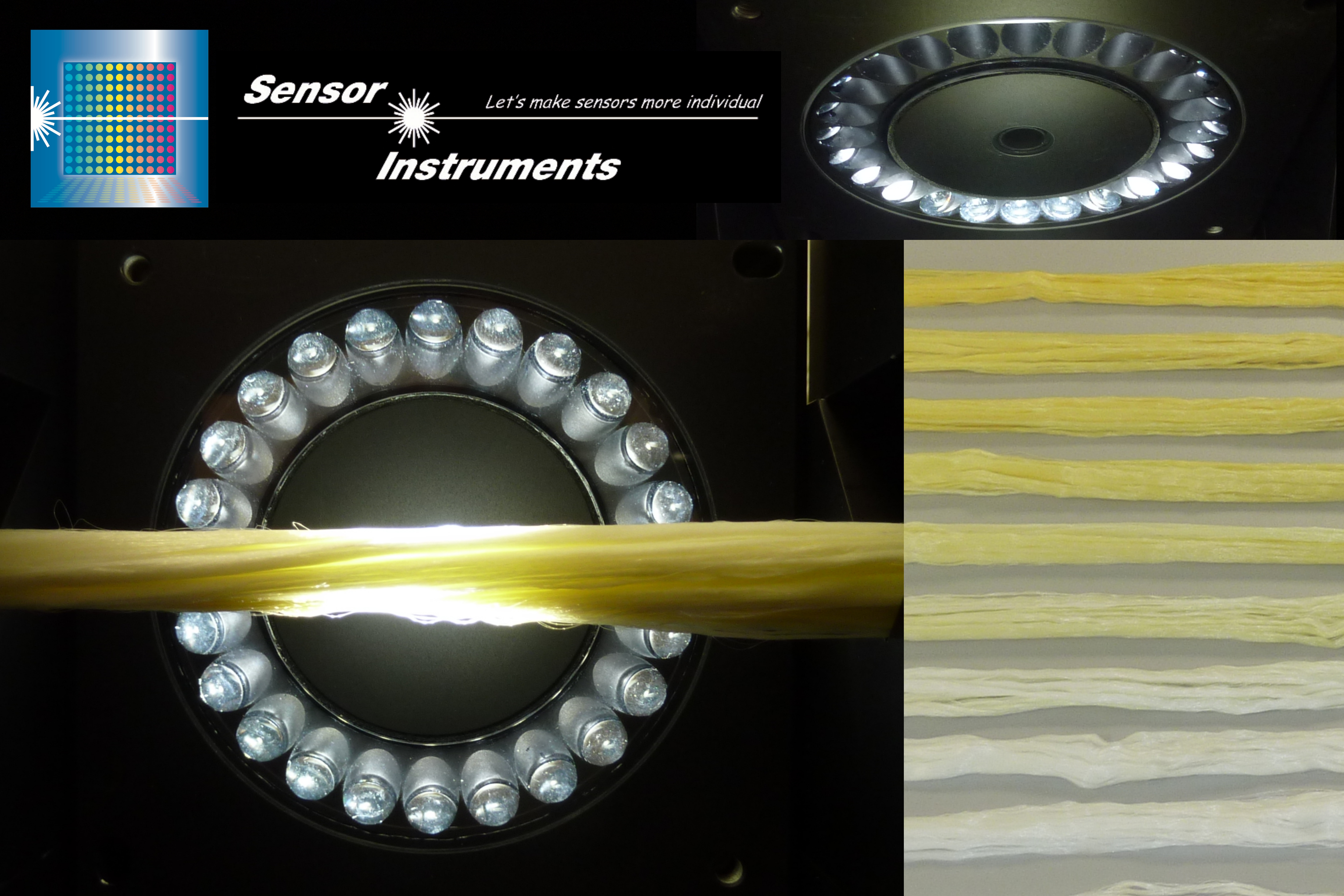 SPECTRO-3-28-45°/0°-MSM-ANA-DL SPECTRO-3-MSM-ANA Series |
8 February 2021
| Different colored second hand clothes, transported on a conveyor belt, should be differentiated. At this, the orientation of the respective textile is randomly, which means randomly folded, flat or exaggerated positioned. Furthermore, the clothes will be transported serial on the conveyor belt, normally with a certain gap between the respective textiles, thus, the surface of the conveyor belt can be seen from the top side. Additionally, the speed of the conveyor belt is constant and approximately 1m/s. Once the color is detected, a special high-pressure nozzle is blowing the respective clothing item out from the conveyor belt and into a foreseen container. For the preliminary studies a color measurement sensor type SPECTRO-3-1000-COF-d50.0-CL-MSM-DIG is used. ► Press release (Word/pdf) |
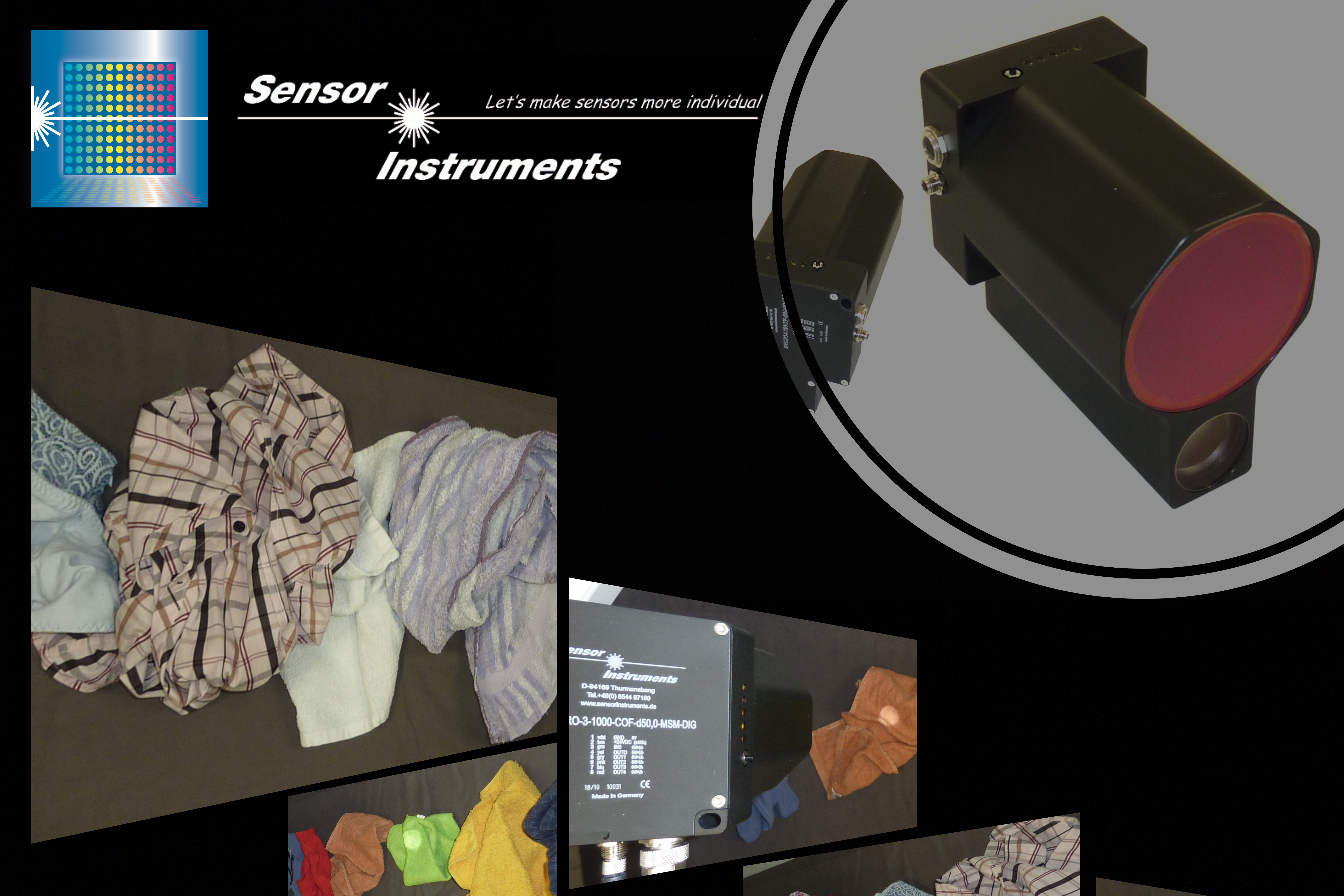 SPECTRO-3-1000-COF-d50.0-CL-MSM-DIG SPECTRO-3-MSM-DIG Series |
29 January 2021
| During the production of punched articles, the punching procedure requires the exact positioning of the punching strips as the processing of the punching strip is performed in a number of process steps in the punching machine. The metal band must be positioned exactly within the punching tool after every processing step (punching and bending procedure). The position notification is usually performed within a stroke procedure (0°…180°) using a through beam light barrier and assignment of the respective rotary encoder position during the signal exchange of the light barrier. Ideally, the through beam light barrier should be a fork light barrier and should be able to be integrated in the punching tool, something which requires robust sensors which can resist mechanical vibration. The light barrier should be cutting oil resistant and insensitive to soiling. Quick running punching machines under the presses running at several thousand strokes per minute require a very high switching frequency and a high degree of position-exactness. The fork light barriers of the FIA-L series from Sensor Instruments GmbH were designed especially for this deployment. In addition to a high degree of insensitivity to extraneous light, a high level of oil resistance, a small laser spot size of 0.2mm in diameter, a low optical divergence of the red laser beam and a high position exactness of better than 5µm, the FIA-L-RL series provides a switching frequency of 25kHz. ► Press release (Word/pdf) |
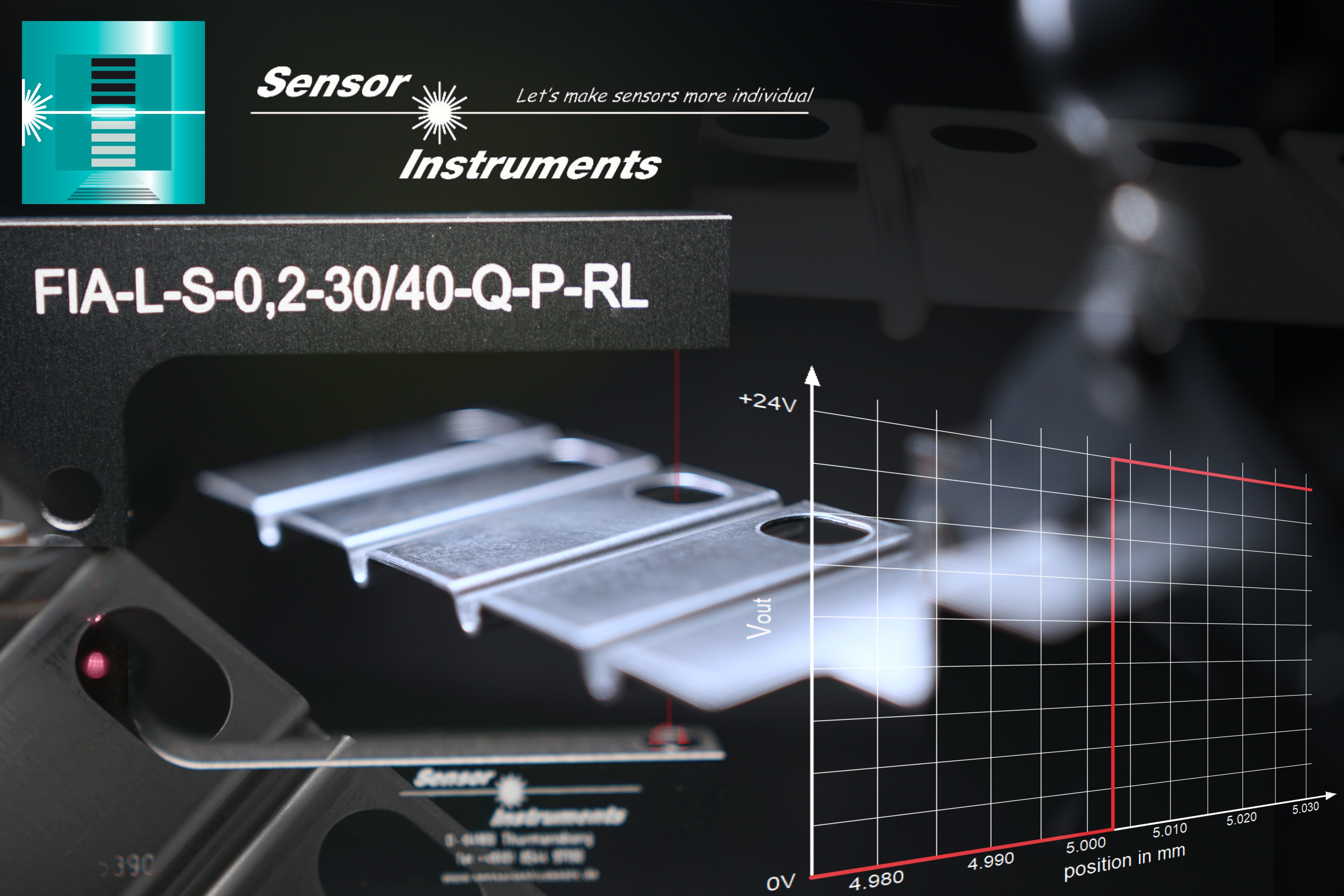 FIA-L-S-0,2-30/40-Q-P-RL FIA-L Series |
25 January 2021
| Float glasses develop their form, thickness and surface properties through the transport of the glass melt on liquid tin. The glass melt floats on the tin bath and develops a plane surface adapted to the tin bath (tin side). The glass surface facing away from the tin bath (fire side) is heated by a gas burner until a certain temperature profile develops so that the glass melt can cool gradually and thereby assume its later form. When processing the float glass further, it is important to know where the tin side is located and where the fire side is located. Tin microinclusions can influence a number of issues such as the electrical resistance of the glass surface (the application of metal contact strips on a car rear window). It is also of decisive importance in other matters such as the application of further layers on the glass surface (e.g. nano layers) as to which side of the float glass is coated. The SPECTRO-1-20-UVC-DIL UVC contrast sensor from Sensor Instruments GmbH permits control of the glass surface in terms of its tin or fire side. ► Press release (Word/pdf) |
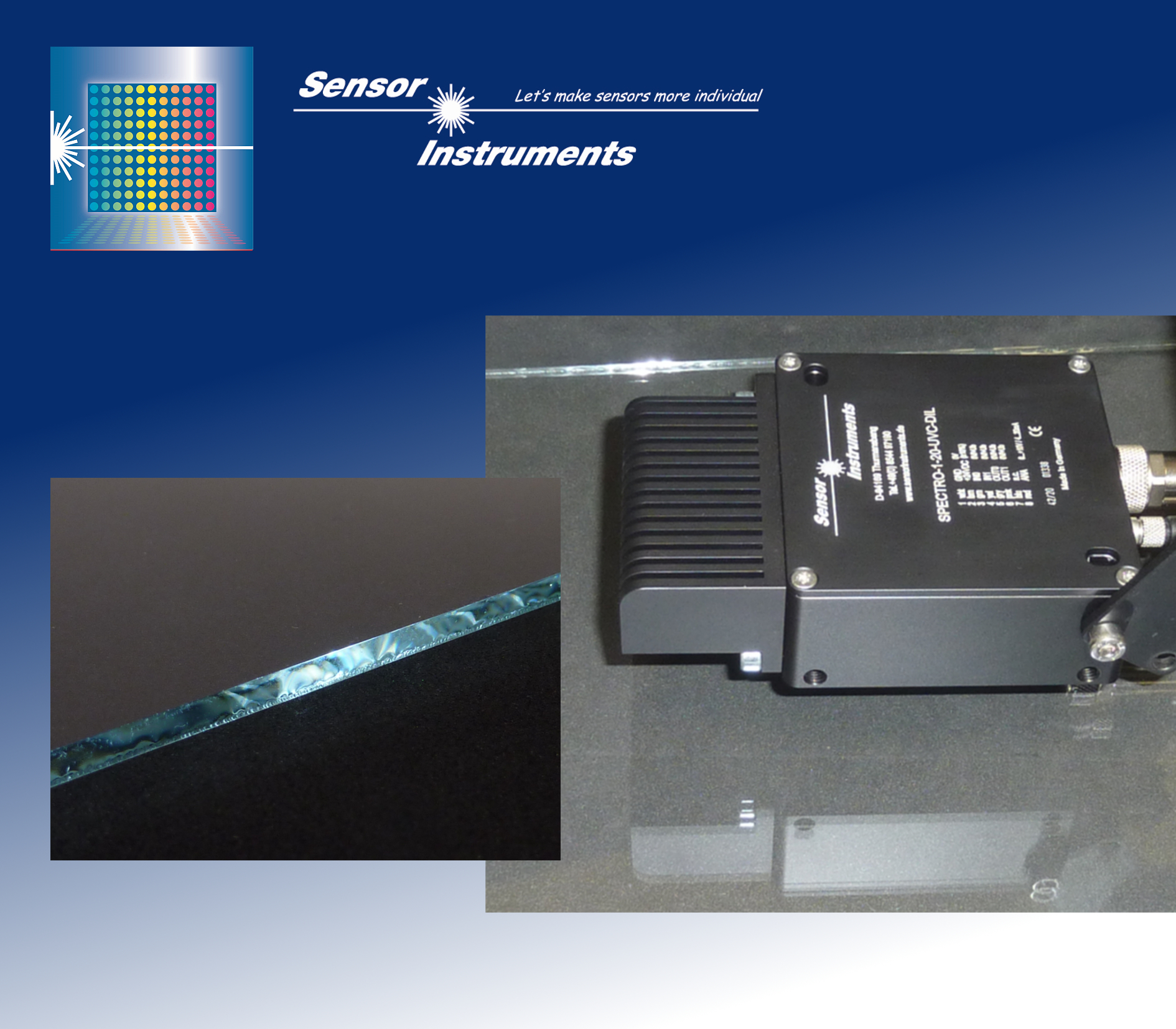 SPECTRO-1-20-UCV-DIL SPECTRO-1 Series |
21 January 2021 SPECTRO-M-10-MIR/(MIR1+MIR2) - Press release #4
| The use of oils is imperative in the forming process of metals. For example, the application of cutting oils to metal bands ensures low wear on the punching tools. Drilling oils make an essential contribution to the protection of the drilling and milling tools during chipping processes. Oils also serve to protect semi-products such as sheets and metal foils against corrosion. After further processing, it is important to remove the oil residues from the finished products as completely as possible. This task is performed by special cleaning systems, in which the metal parts are washed and blown dry. In order to ensure that environmental specifications are maintained during the application of the oils, and to ensure that the process is economical, it is advisable to ascertain the quantity of the oil applied. Oil quantity measurement can be performed INLINE. A number of measurement procedures are available to this end and which constitute the focus here. The cleaning process can be monitored using the same sensors. The challenge is to determine even small quantities of oil residue accurately, preferably INLINE. Electrically conducting components such as copper busbars or power current lines require the lowest possible transfer resistance. A residual oil layer would pose a problem as this restricts the conductive efficiency to a considerable degree. ► Press release (Word/pdf) |
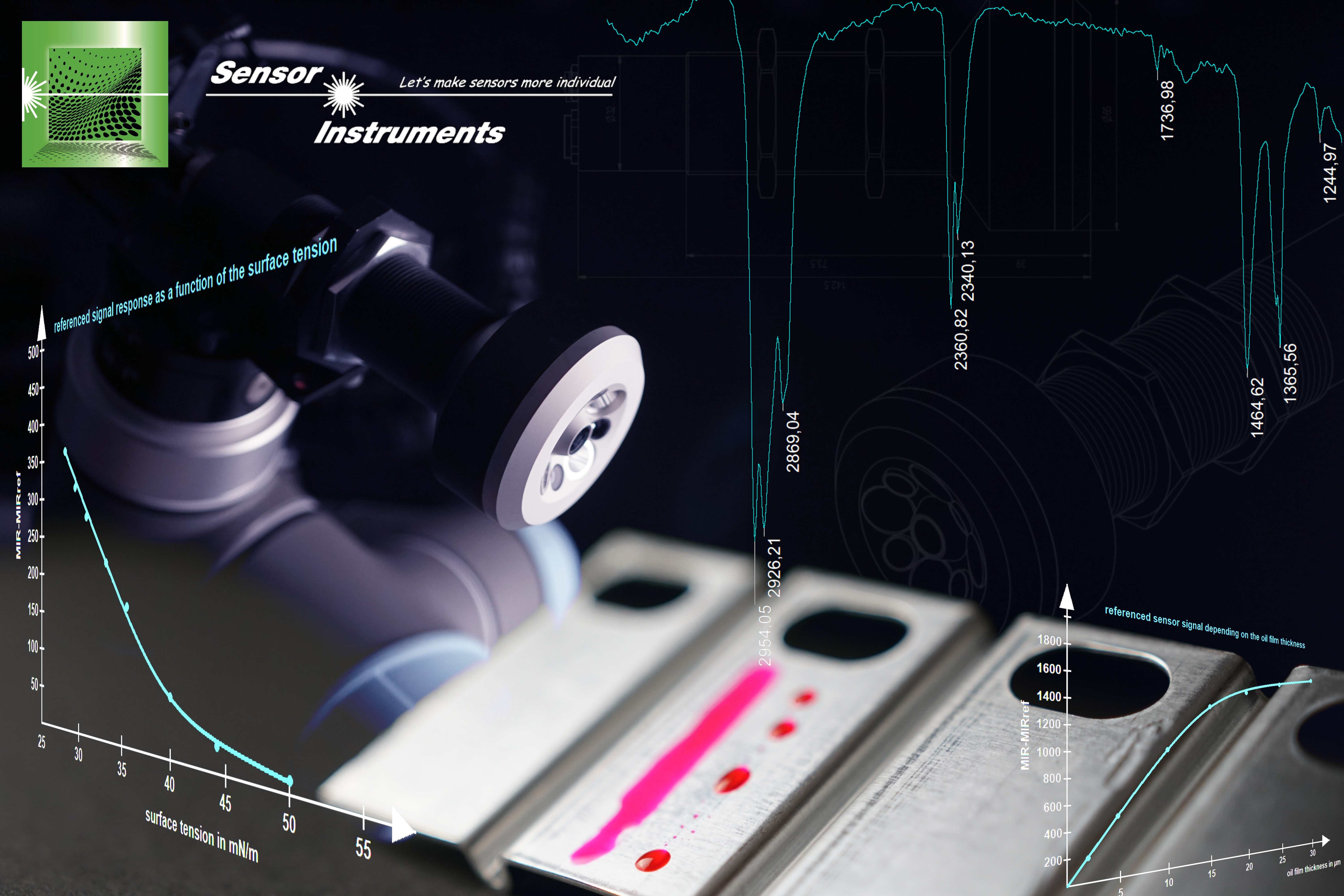 SPECTRO-M-10-MIR/(MIR1+MIR2) SPECTRO-M Series |
22 December 2020 SPECTRO-M-10-MIR/(MIR1+MIR2) - Press release #3
| Producers of blanked and flexible parts are increasingly using evaporated punching and drawing oils. Such processes need an outcome which minimizes the oil residue on the punched or formed metal parts in order to obviate the need to subject the products to a cleaning process. The question is: how much of the oil remains on the component and how long does the evaporation process take? Our SPECTRO-M series answers this question! To this end, we applied five drops of oil (5x20µl) to a degreased steel plate and spread it over a 70mm diameter surface. The oil layer thickness at the start of the measuring procedure amounted to some 25µm. The SPECTRO-M-10-MIR/(MIR1+MIR2) sensor was then placed on the center of the oil and the measurement started: The MIR sensor was used to view two measuring windows, both of which were located in the mid-wavelength infrared light range (MIR range). One of these two wavelength range windows reacts to the presence of oil (here referred to as CH0), whilst the second measuring window (CH1) gave no reaction. This change in the two measuring windows upon the presence of oil can be used to ascertain the amount of oil within the detection range. ► Press release (Word/pdf) |
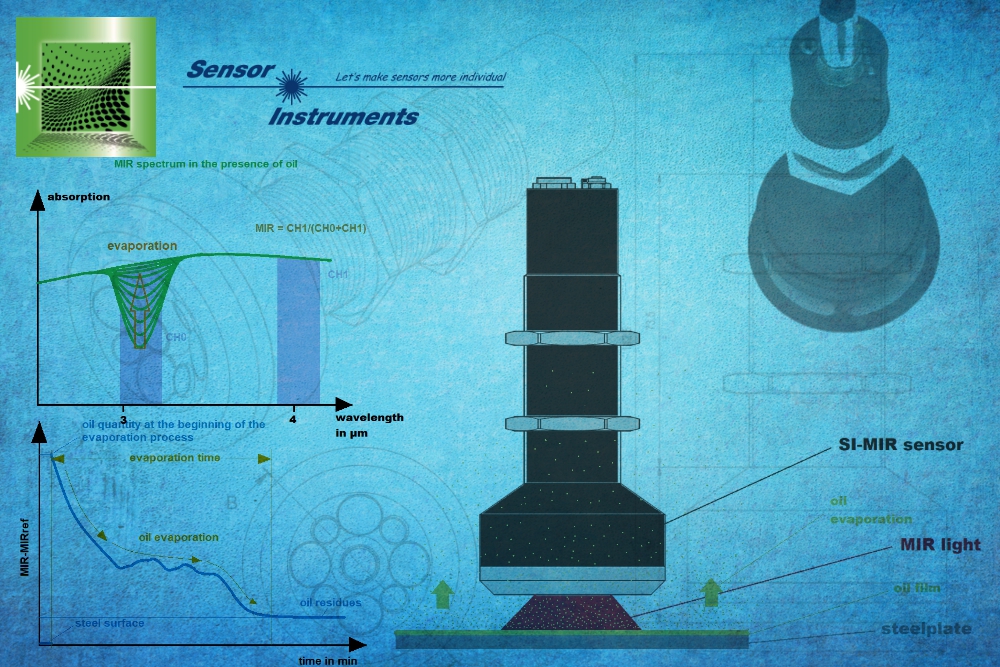 SPECTRO-M-10-MIR/(MIR1+MIR2) SPECTRO-M Series |
14 December 2020 SPECTRO-M-10-MIR/(MIR1+MIR2) - Press release #2
| Those wishing to measure the layer thickness e.g. of a homogeneous layer of printing ink on paper can adopt the grammage method as an adequate approach. The grammage of a printing ink is not all that different from that of paper with a thickness of between 0.05 mm and 0.2 mm. The use of accurate scales should be able to produce a reliable result. What happens when we replace printing ink with oil and paper with a 1 mm steel sheet? We would probably come to the limits of the grammage method. We still need a reliable method of determining the thicknesses of oil layers without too much effort. One possible solution is the fluorescence method, using UVA light to stimulate fluorescence. Secondary emissions are emitted in the visible wavelength range. The intensity of the fluorescence establishes the measure for the thickness of the respective oil layer. We should take into consideration however, that the signal strength (fluorescence) is not only dependent on the layer thickness but also the nature of the oil used and the metal surface which functions as a reflector and exerts an influence on the signal level. There are also a number of oils with only a minimal or no fluorescence effect and which cannot be measured to establish the layer thickness. Taking the mid-wavelength infrared light range (MIR) into consideration, we see that the oils previously investigated all exhibit a significant absorption in a certain wavelength range, whilst other wavelength ranges do not respond to the presence of oil. Were we to exclude this oil-sensitive wavelength window from the MIR spectrum and then compare its absorption behavior in standardized fashion with the absorption observed in a second, oil-neural wavelength window, we have a first approximation of a proportional relationship between the thickness of the oil layer and the standardized signal. The SPECTRO-M-10-MIR/(MIR1+MIR2) sensor if fitted with exactly this wavelength window. ► Press release (Word/pdf) |
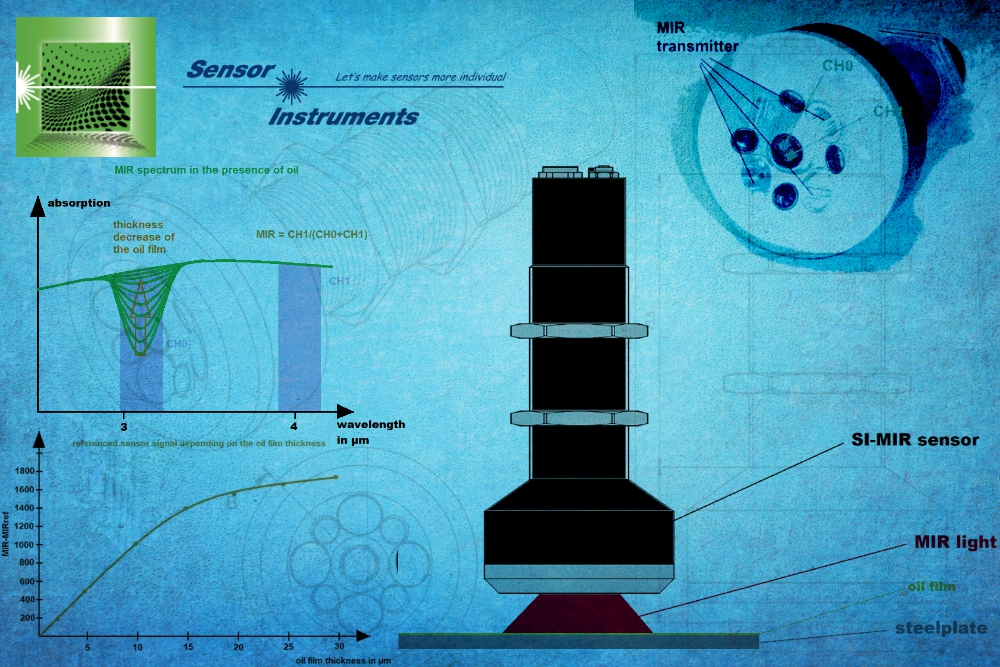 SPECTRO-M-10-MIR/(MIR1+MIR2) SPECTRO-M Series |
2 December 2020 SPECTRO-M-10-MIR/(MIR1+MIR2) - Press release #1
| The tension is rising! The users of cleaning units for metal parts – e.g. stamped parts – wait with baited breath to see what the washing sequence brings forth. Has the surface tension exceeded the threshold of 38 mN/m or has it even climbed to 44 mN/m? A metal component is generally taken to have been de-greased if one of these values (which of the two, depends on the intended application) has been exceeded. Previously, test ink was used to demonstrate the surface tension. These liquids are available in various surface tension values, usually starting with 30mN/m to 50mN/m in steps of 2mN/m (30mN/m, 32mN/m, …, 48mN/m, 50mN/m). If the test ink does not roll off the metal surface after application, the surface tension of the metal part lies above the value specified for the test ink. On the other hand, if the test ink does roll off the metal surface, the surface tension of the metal lies below the value specified for the test ink. In this way, the surface tension can be ascertained with an accuracy of 2mN/m. What does the surface tension mean in relation to the property of the respective metal surface? De-greased metal surfaces present a surface tension above 50mN/m (ascertained with the test ink method). On the other hand, if a metal surface is covered with an oil film, (for example, through oiling the punching strip before punching), the value of the surface tension can fall under 30mN/m, depending on the thickness of the film. The test ink method is therefore capable of determining whether the metal surface is covered with an oil film, or whether it has been removed (de-greased). Even oil films of less than 1µm can be demonstrated with this method. Experiments with various oils have shown that almost all oils have a selective absorption rate in the mid-wavelength infrared light range (MIR). Using this characteristic means that the comparison of two MIR wavelength ranges (one range is the neutral range, i.e. the wavelength range in which no noticeable absorption occurs as a result of the oil) can be used to determine the thickness of the oil layer after calibration of the SPECTRO-M-10-MIR/(MIR1+MIR2) measurement system, and in a subsequent step, to display the respective surface tension value. ► Press release (Word/pdf) |
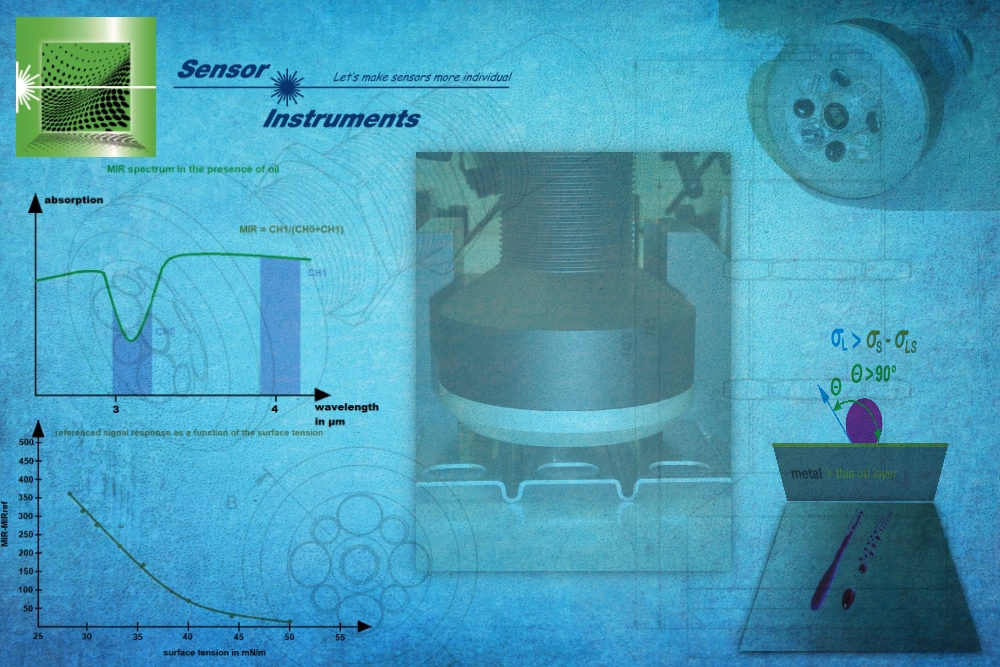 SPECTRO-M-10-MIR/(MIR1+MIR2) SPECTRO-M Series |
26 October 2020
| The arrival of plastic recyclates.
A difficult birth! After standing in the shadow of virgin materials for many years, plastic recyclates have now come into their own. There are many reasons for this: whilst the complex technical procedures to which recycled plastic must be subjected rendered them uneconomic, technological improvements mean that the quality could be improved whilst reducing costs. Despite these advances, without the decision on the part of the EU to change the legal framework to effect the sustainable use of plastics, recyclates would have remained uneconomic. For example, an EU directive has established a minimum amount of plastic recyclates to be used in plastic bottles. Despite their improved properties, plastic recyclates still do not approach the quality of virgin material. For example, color deviations in comparison to the target state are still common. Color value targets can only be reached by the targeted addition of virgin material. Determining the exact quantity of new material to be added requires color measurement of the plastic recyclate. Color measurement is performed INLINE. The high ambient temperature means that color measurement system is realized as a fiber optic system (KL-D-0°/45°-85-1200-A3.0-VIS) and works in accordance with the 0°/45° color measurement procedure. When using a white light spot diameter of 25 mm, an average is ascertained optically over a large number of pellets, so that the evaluation unit connected to the fiber optic front end SPECTRO-3-FIO-MSM-ANA-DLcan determine a precise color value (L*a*b* or xyY). The color values are transmitted to the control of the metering unit and depending on the color deviation from the target, the metering unit will add virgin material as required. ► Press release (Word/pdf) |
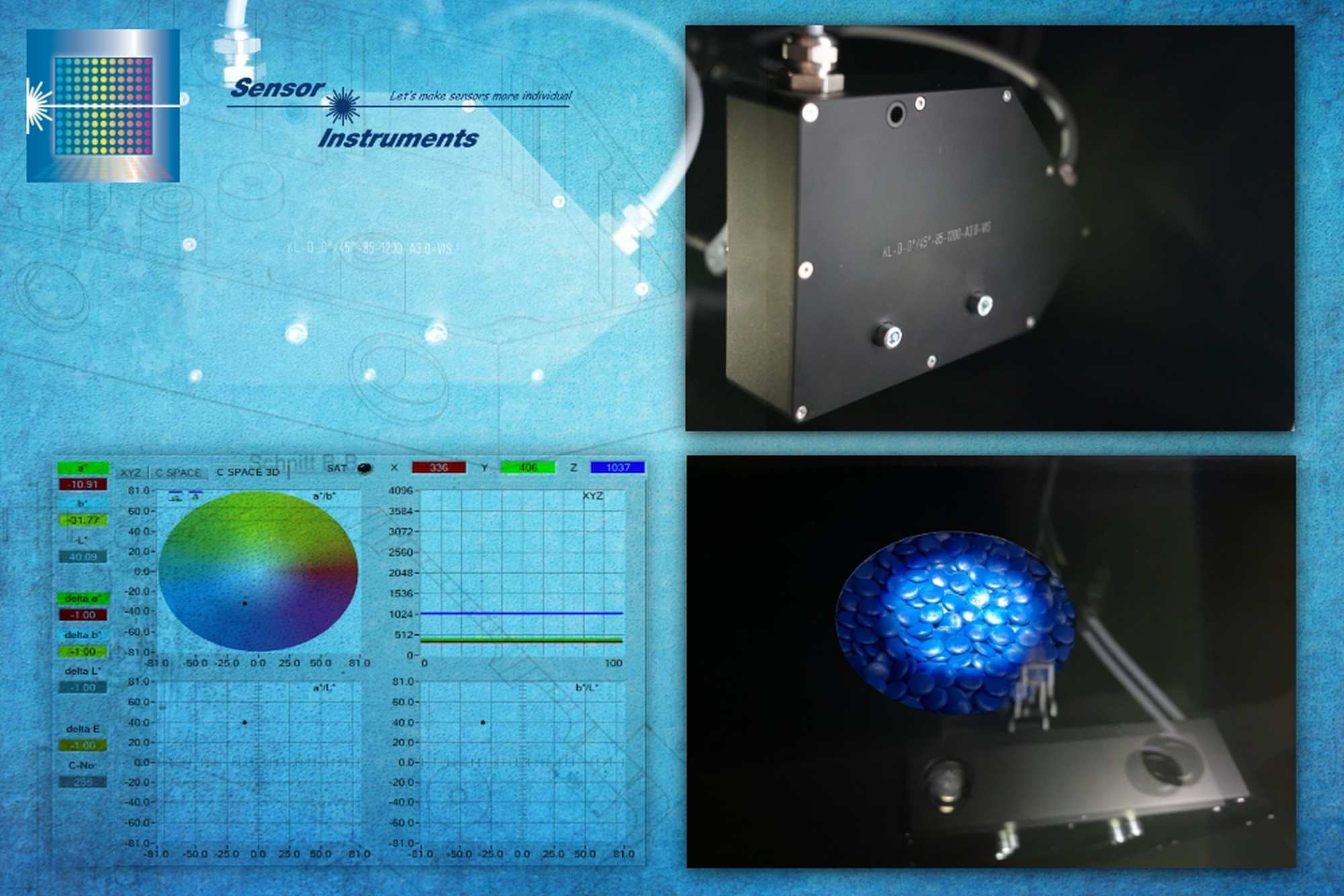 SPECTRO-3-FIO-MSM-ANA-DL + KL-D-0°/45°-85-1200-A3.0-VIS SPECTRO-3-MSM-ANA Series |
31 July 2020
Measuring the thickness of thin and transparent plastic films It is important to be able to measure the thickness of stretch films after production, including after the stretching procedure. The SPECTRO-MIR-10 measurement system enables fast and precise inline and offline measurement and is not affected by extraneous light. The Windows®-Software SPECTRO MIR Scope V1.0 can be used to calibrate the measurement system to the respective film type. In addition to the parametrization software, the monitoring software SPECTRO MIR Monitoring V1.0 is available, which is used to save measurement data and display it graphically and numerically, including trends. ► Press release (Word/pdf) |
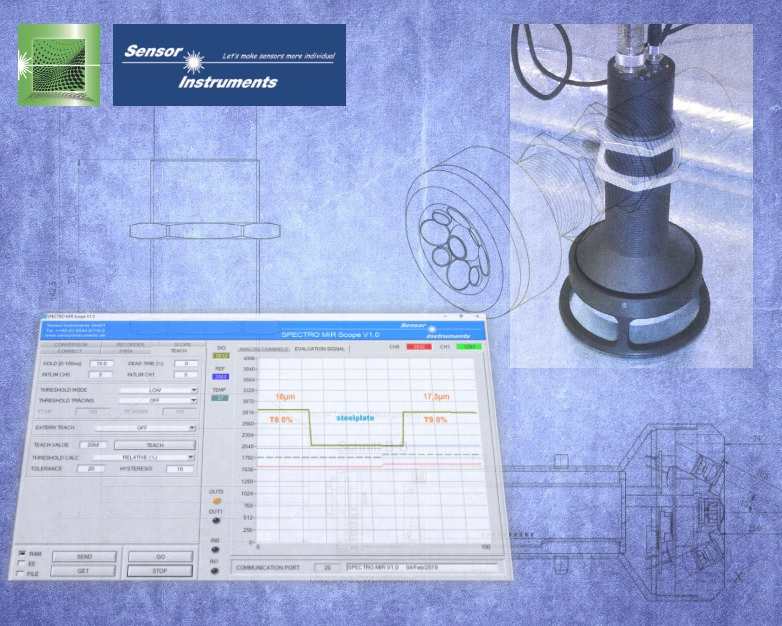 SPECTRO-MIR-10 SPECTRO-MIR Series |
30 June 2020
Dear manufacturers of vinyl flooring, don't worry, we will find the gap! From the range of RED series edge detectors the RED-50-L and RED-110-L sensors are especially suited for detecting gaps, i.e. in this application the distance of two parquet panels. These edge detectors reliably detect gaps starting from a depth and width of approx. 0.05mm. With the supplied software the laser edge detector can be adapted to different surfaces: From dark to bright, and from matt to glossy. With a maximum scan frequency of typ. 85kHz the sensor also is excellently suited for high-speed object handling. ► Press release (Word/pdf) |
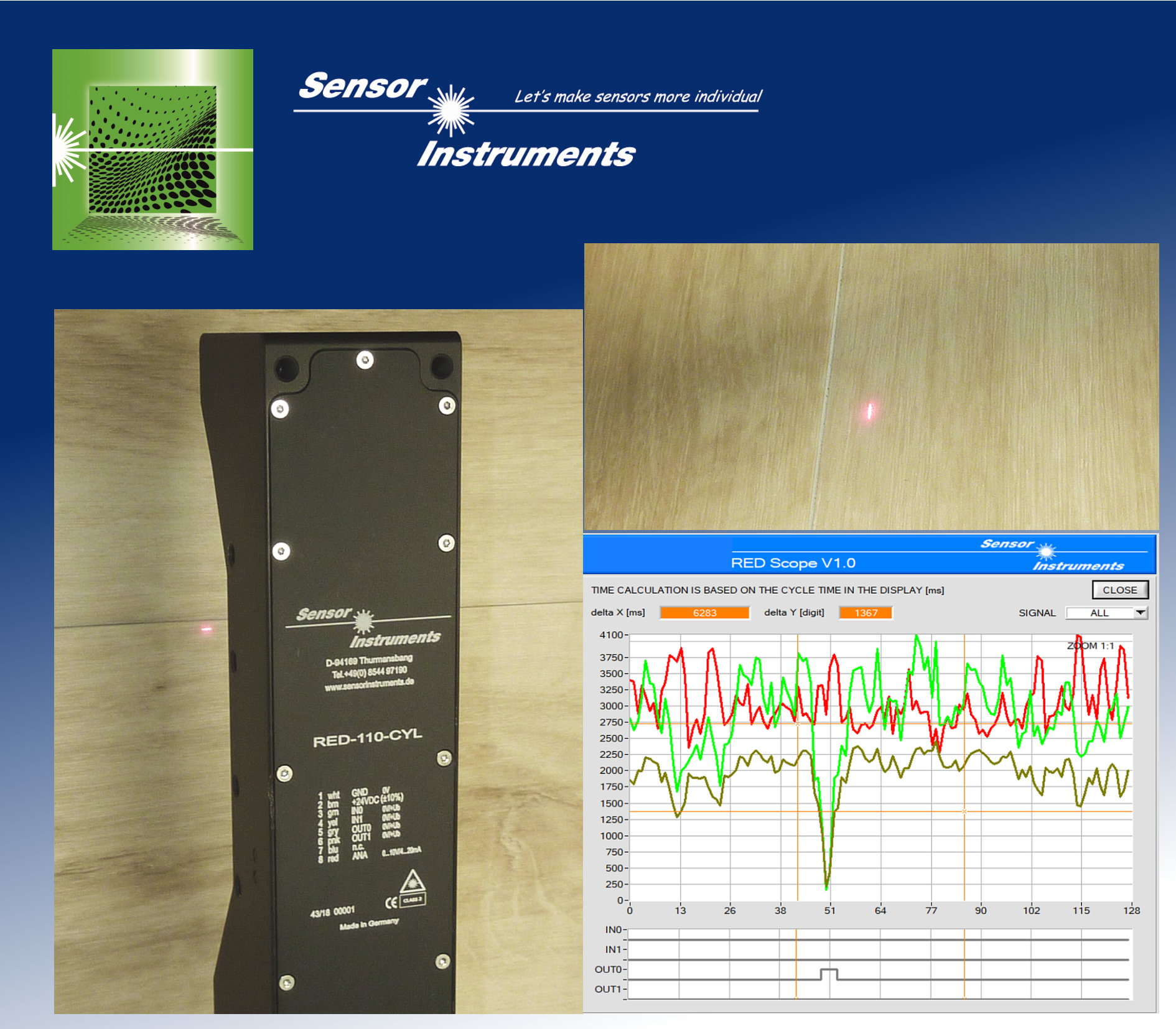 RED-110-L RED Series |
22 June 2020
When metal plates are painted, both their color and their gloss factor must be measured after the painting process. Gloss measurement is performed inline and immediately after the painting process to allow a quick response to possible deviations of the gloss factor from the respective setpoint value. A gloss sensor of the GLOSS series (GLOSS-15-60°) that measures the gloss factor at a distance of 15mm from the object is used for this application. ► Press release (Word/pdf) |
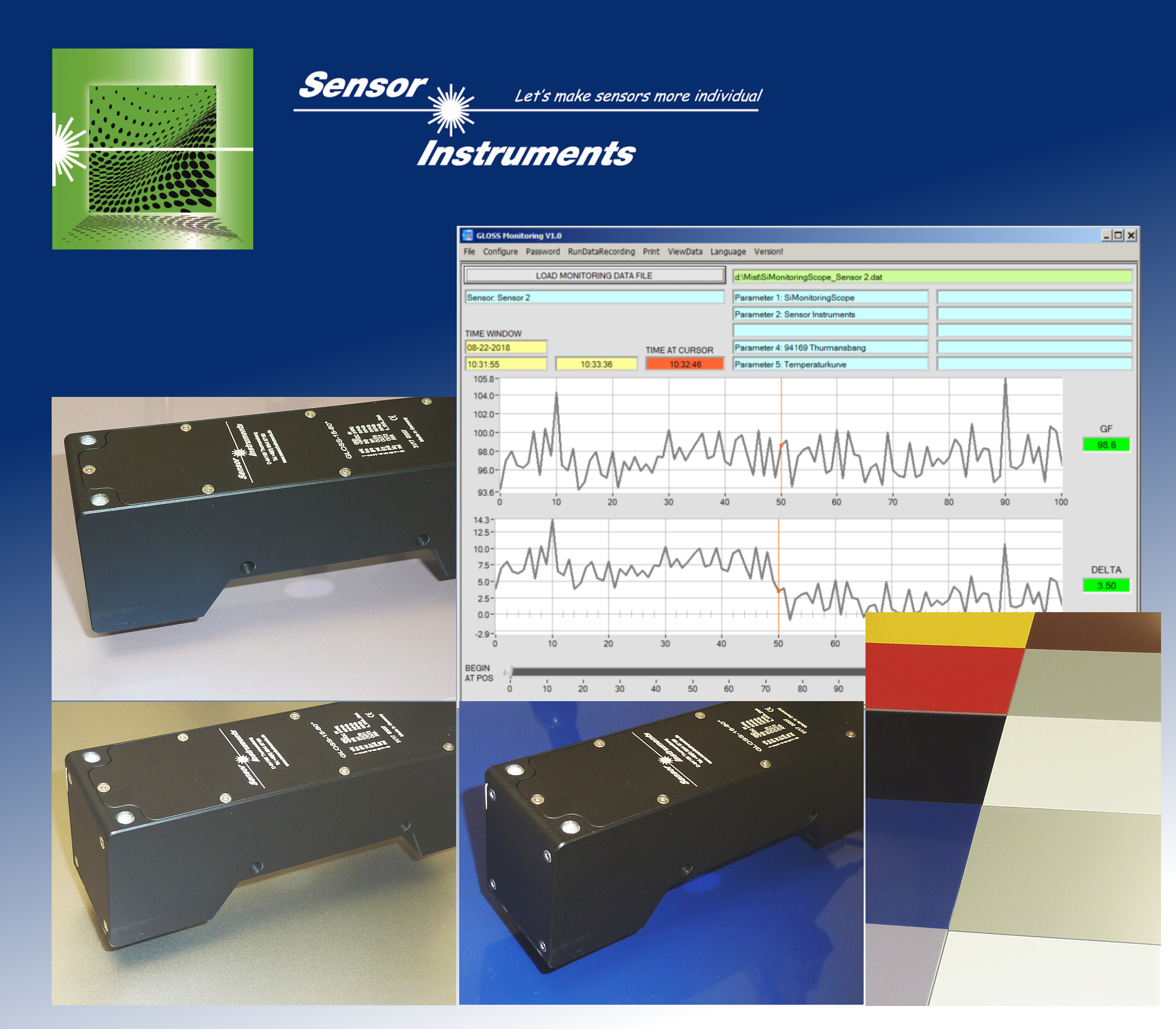 GLOSS-15-60° GLOSS Series |
9 June 2020
The color of metal plates should be measured immediately after the painting process. It must be taken into account here that there are both high-gloss surfaces and very dull surfaces, and that the color value must be determined irrespective of the gloss factor. Furthermore, measurement must be performed inline, on the one hand to satisfy the requirements of 100% inspection, and on the other hand to be able to quickly respond to a possible color drift. The recommended color sensor for this application is a sensor of the SPECTRO-3 series operating with the 45°/0° method (SPECTRO-3-28-45°/0°-MSM-ANA-DL). ► Press release (Word/pdf) |
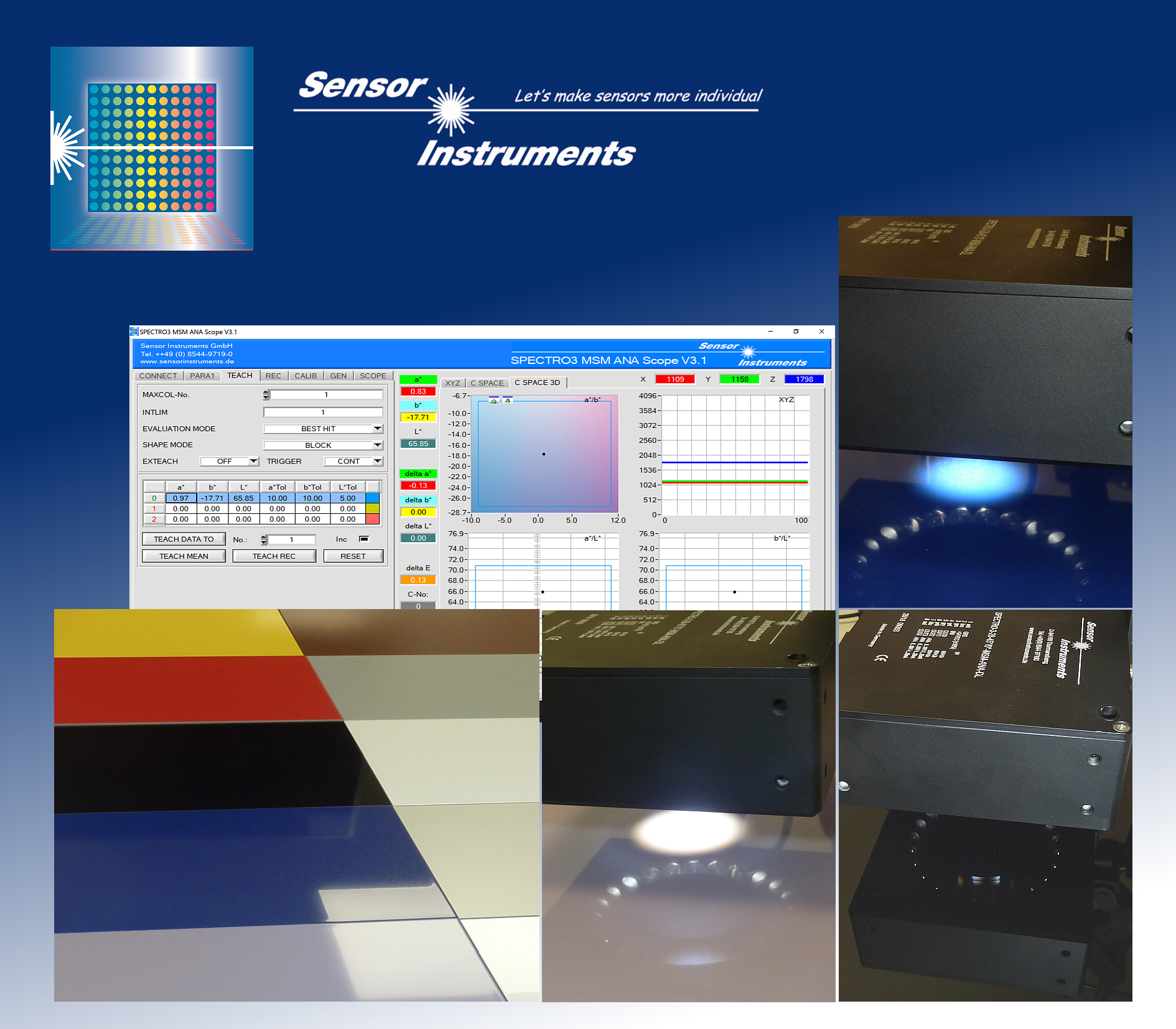 SPECTRO-3-28-45°/0°-MSM-ANA-DL SPECTRO-3-MSM-ANA Series |
26 May 2020
Apart from plastic foils, paper-based foils are more and more used both in the furniture industry and in the flooring sector. Nowadays decor papers for example are available for kitchens, furniture elements, and laminate flooring. However, one requirement applies both to plastic and paper-based decor foils: Constant quality and brilliant appearance must be ensured during production. The inline gloss sensor GLOSS-15-60° that continuously measures the gloss factor of decor foils definitely makes a decisive contribution to achieving this. ► Press release (Word/pdf) |
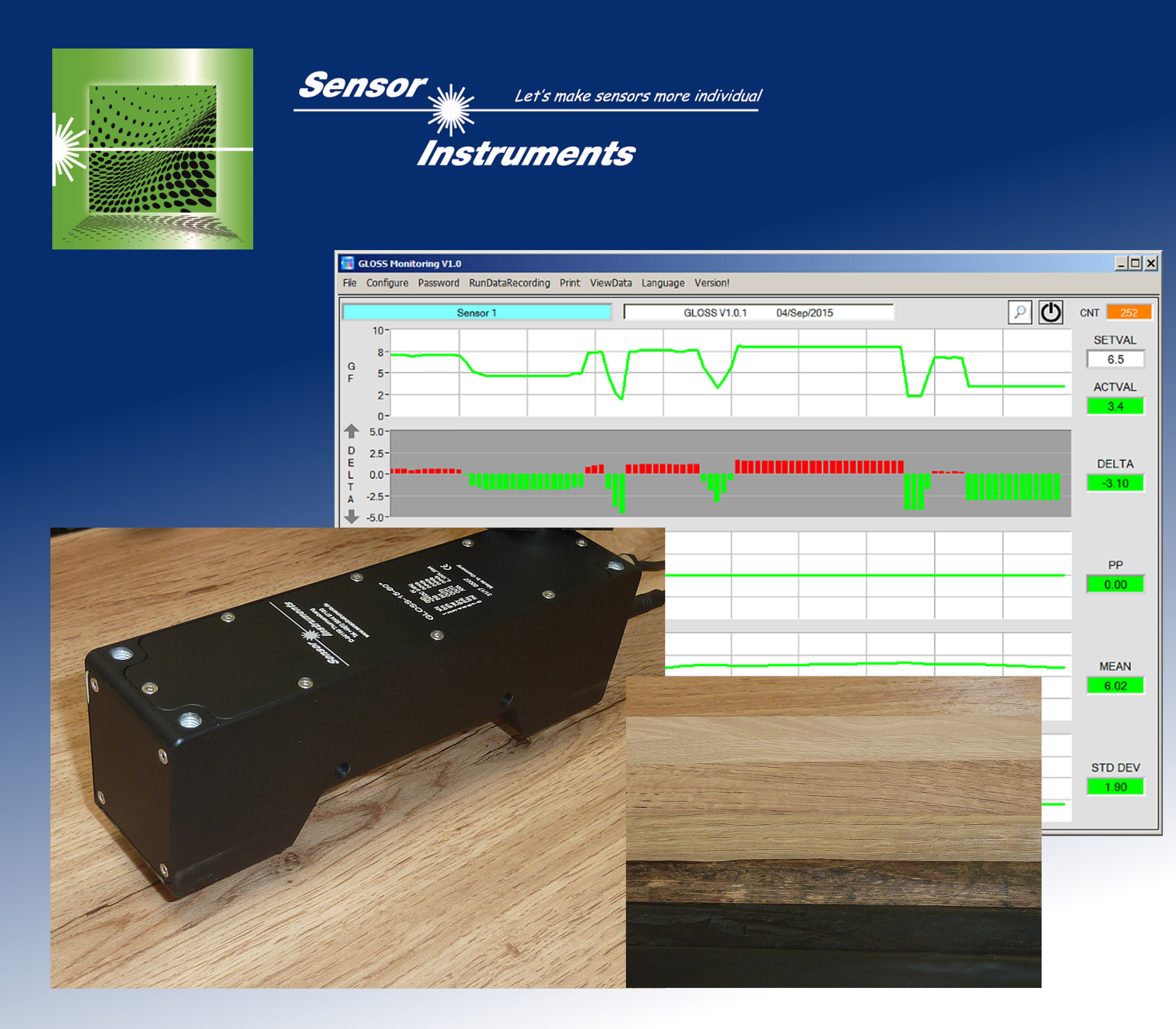 GLOSS-15-60° GLOSS Series |
14 May 2020
In the production of radial and axial fans the checking of the correct frequency response depending on the applied DC voltage is one of the final steps. The easiest method for measuring the frequency is to use a transmitted-light sensor (for example a D-LAS2-d1.0-T + D-LAS2-Q-d1.0-R-HS, featuring a switching frequency of typ. 300kHz). In many cases, however, the fan blades of the respective fan version only can be accessed from one side for testing, so that a reflected-light sensor must be used as an alternative. The edge detectors of the RED series (RED-50-L or RED-110-L) are excellently suited for such applications. ► Press release (Word/pdf) |
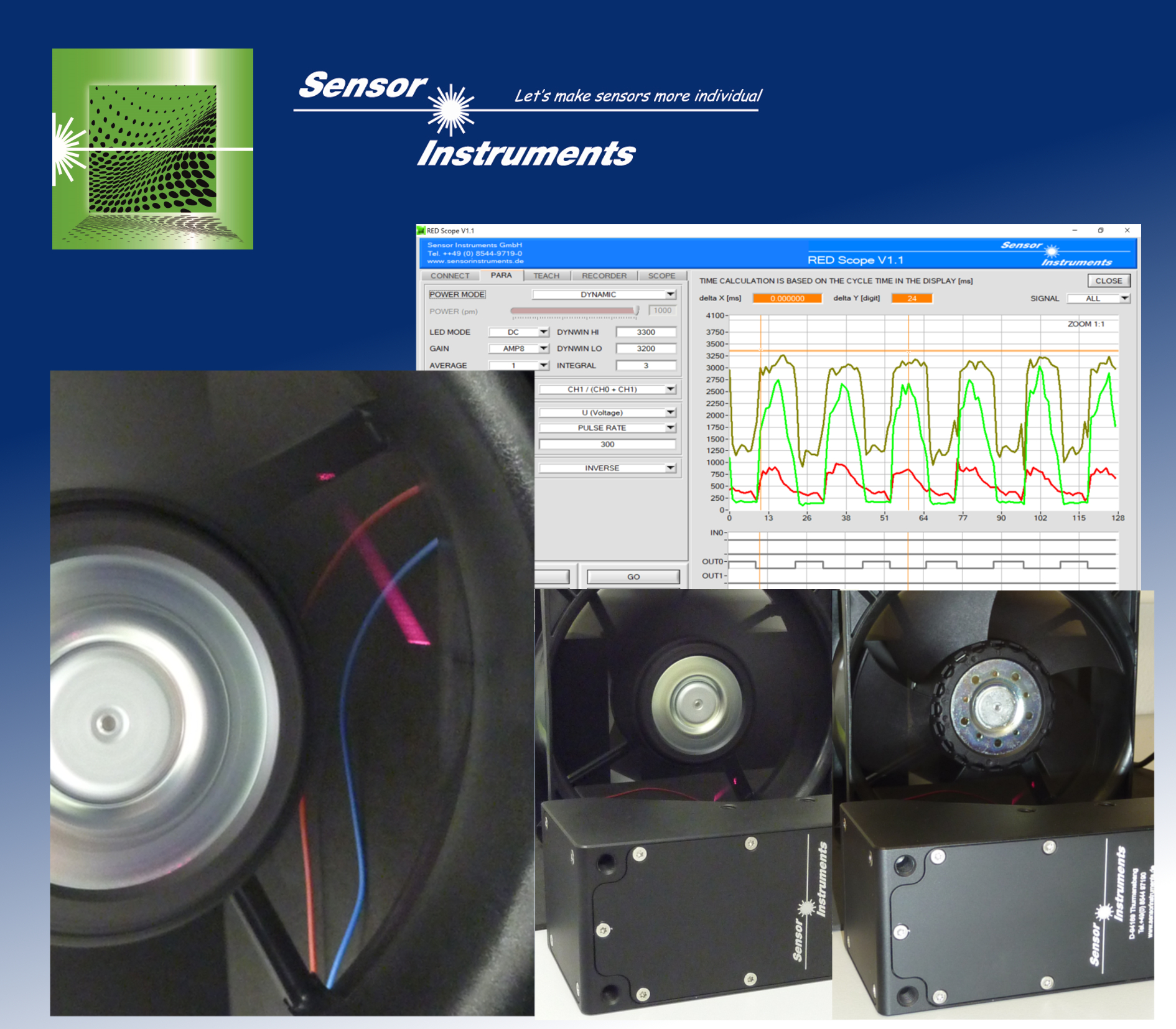 RED-50-L, RED-110-L RED Series |
7 May 2020
A range of initiatives and technical solutions have been developed to improve the sorting of plastics and thereby increasing the recycling quota. A number of procedures use near infra-red procedures to differentiate between the base materials of plastics; others apply codes to enable the sorting and traceability of plastic packaging. Sensor Instruments and GABRIEL-CHEMIE have combined to develop a new technology which integrates a machine-readable signature in a range of plastic materials. ► Press release (Word/pdf) |
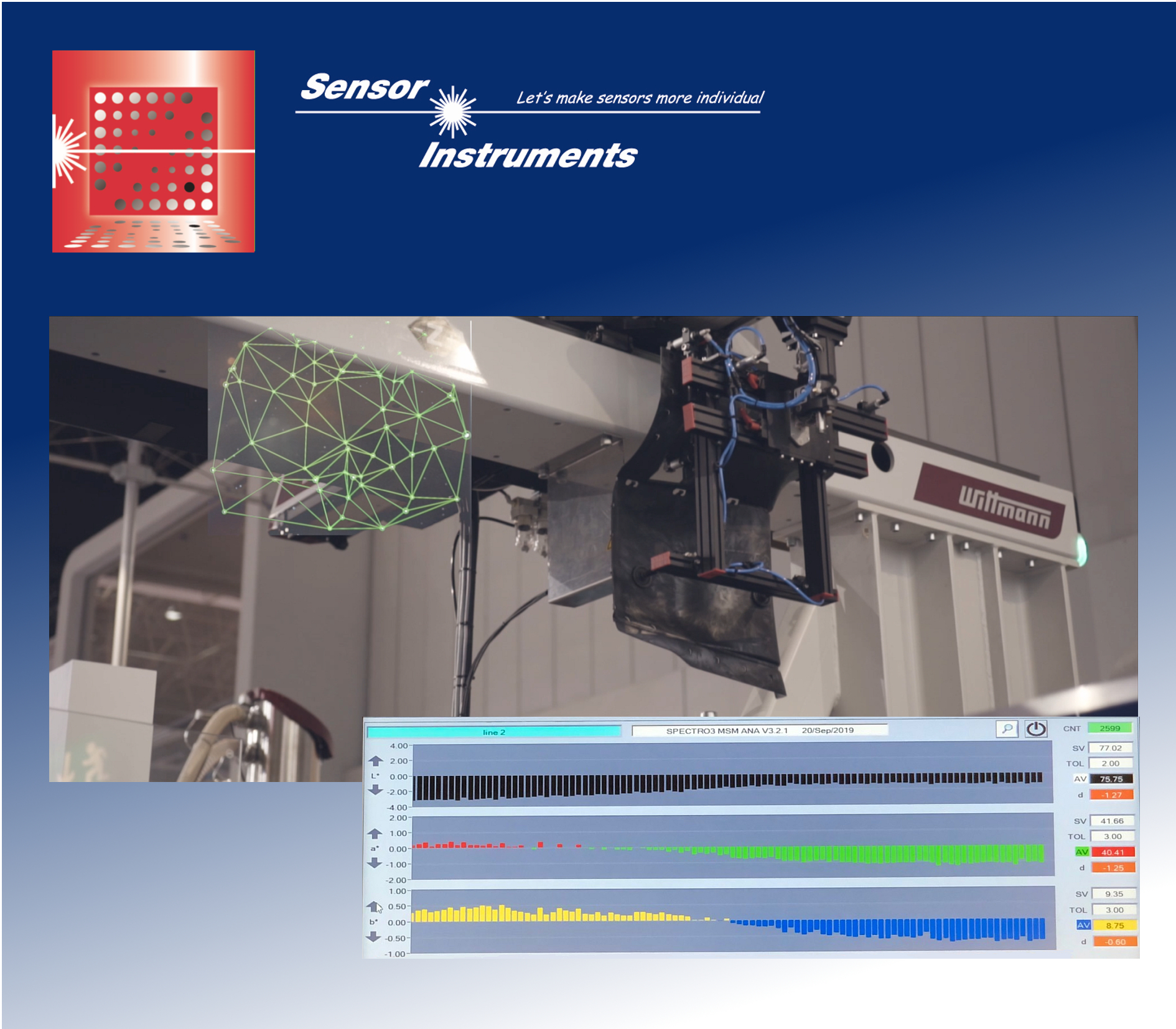 Marking and precise authenthication of plastic products Taggant Technology TAGTEC |
7 April 2020
In the production of aluminium flex-pipes the decisive factor is not really the measured length of the flex-pipes but rather the number of existing folds, because due to the material's "accordion effect" the actual length cannot be accurately measured. In this application an edge detector of the RED series (e.g. RED-50-L or RED-110-L) is used to count the folds. During edge counting the aluminium flex-pipe is moved along the laser sensor. The sensor provides a digital output signal for every edge. ► Press release (Word/pdf) |
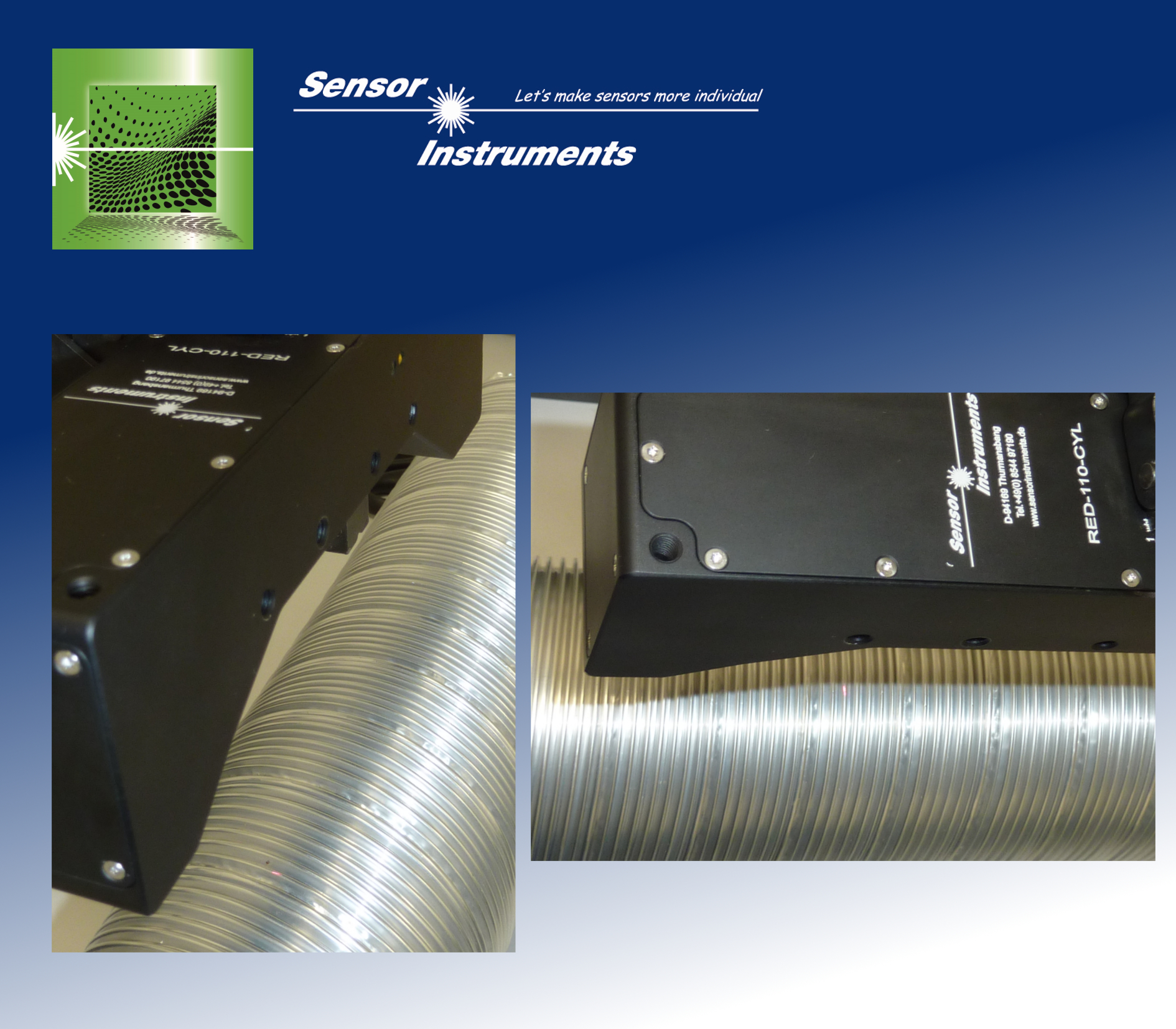 RED-50-L, RED-110-L RED Series |
23 March 2020
The task is to measure the frequency of compressor wheels that are used in turbochargers. These wheels may reach speeds of up to 300,000 revolutions per minute. Usually these compressor wheels have about 10 blades and are made of milled aluminum. If the frequency of these compressor wheels should be determined optically it must be taken into consideration that every blade causes a signal change - which means that up to 3,000,000 switching processes must be expected per minute, resulting in a frequency of approx. 50 kHz (of the blades). Even an edge detector of type RED-50-P or RED-110-P with its maximum scan frequency of typ. 100 kHz will work up quite a "sweat" here. ► Press release (Word/pdf) |
.jpg) RED-50-P, RED-110-P RED Series |
9 March 2020
In the production of sandpaper it must be ensured that the grain size of the abrasive material (e.g. aluminum oxide or silicon carbide) always lies within the permitted tolerance range. Previously performed laboratory tests showed that the gloss factor of the sandpaper surface correlates quite well with the grain size: The smaller the grain size, the higher the corresponding gloss factor. ► Press release (Word/pdf) |
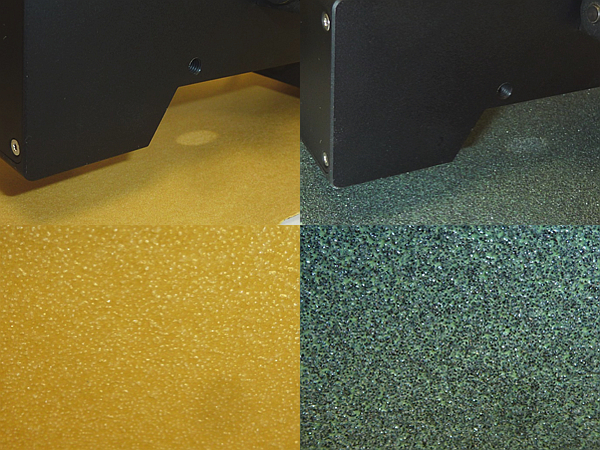 GLOSS-5-85°, GLOSS-15-60° GLOSS Series |
4 March 2020
Plastic wires with various thicknesses, colors, forms and surface properties are used for a range of different purposes. Examples include tennis rackets with polyester monofilaments; the triangular profile of the racket strings produces greater spin. Flat material is most suitable for the monofilaments used in the production of large plastic bags (big bags). Transport filter belts used in the wet areas of paper production are made of round plastic monofilaments; the plastic wires used in toothbrushes have abrasive material added to them. Plastic monofilaments are now also used in 3-D printing procedures. This process also uses round wires with various diameters. In addition to the form, color consistency is decisive, as color deviations in plastics are often interpreted as quality inconsistencies. Woven products such as plastic sieves, big bags and tennis rackets are especially prone to this phenomenon as even very small color nuances (usually from a color difference of dE=1) are perceptible. Manufacturers need to inspect the color of the monofilaments during production, i.e. inline. The object size, form and gloss of the plastic monofilaments have previously impeded the use of inline color measuring devices, especially as a color deviation of > dE = 0.7 needs to be detected reliably. ► Press release (Word/pdf) |
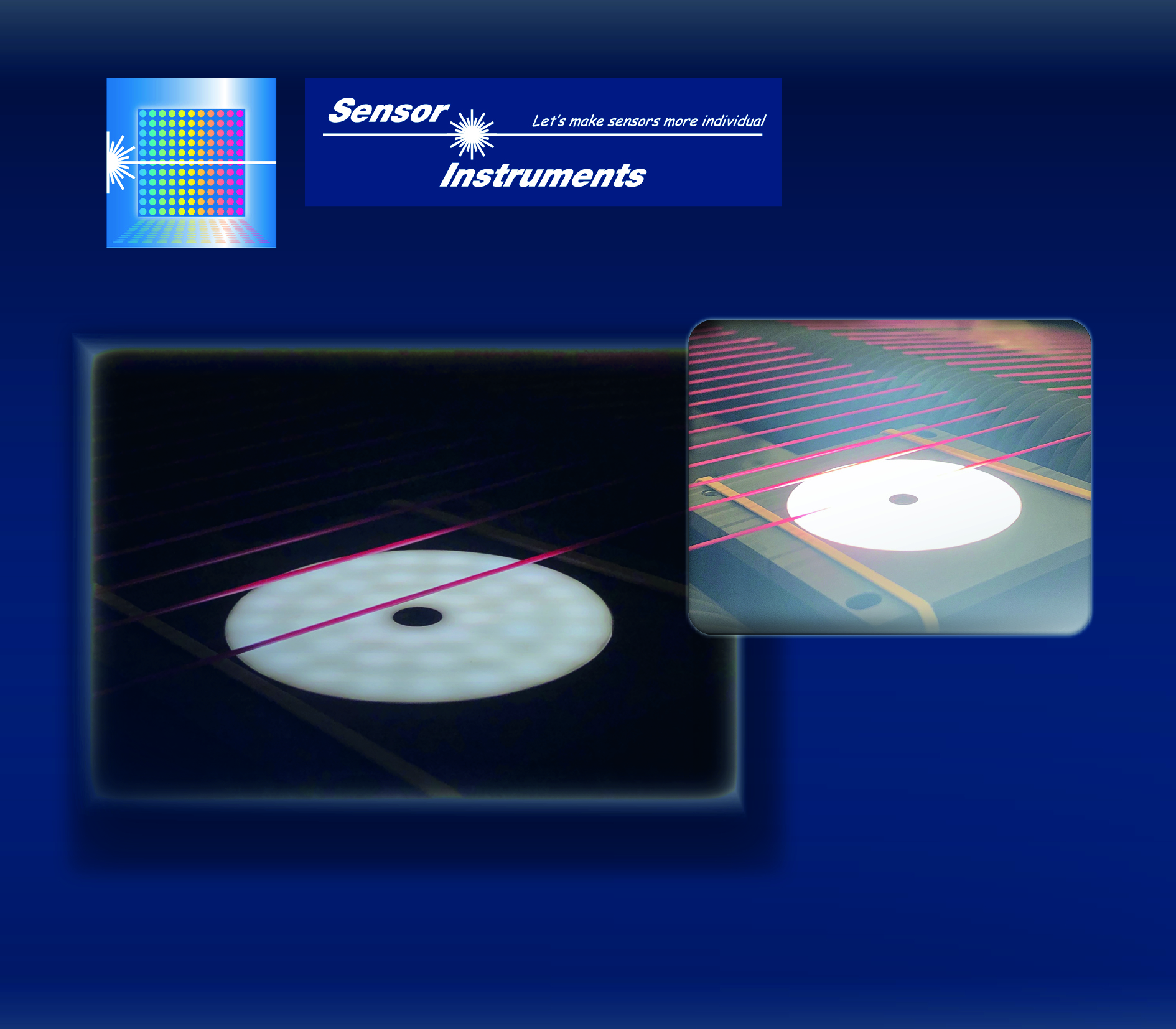 SPECTRO-3-12-DIF-MSM-ANA-DL SPECTRO-3-MSM-ANA Series |
27 February 2020
In the production of cables or of high-voltage lines the individual insulated conductors or aluminium wires must be stranded, which in practice is performed by stranding machines. In this process the individual conductors or wires are wound around a core wire. The core wire with relative ease can be inspected for possible wire breaks by using a suitable laser light barrier operating with the transmitted-light method. An inspection of the outer conductors or outer wires can be realised with a correspondingly adapted edge detector of the RED series (RED-110-P-F60). ► Press release (Word/pdf) |
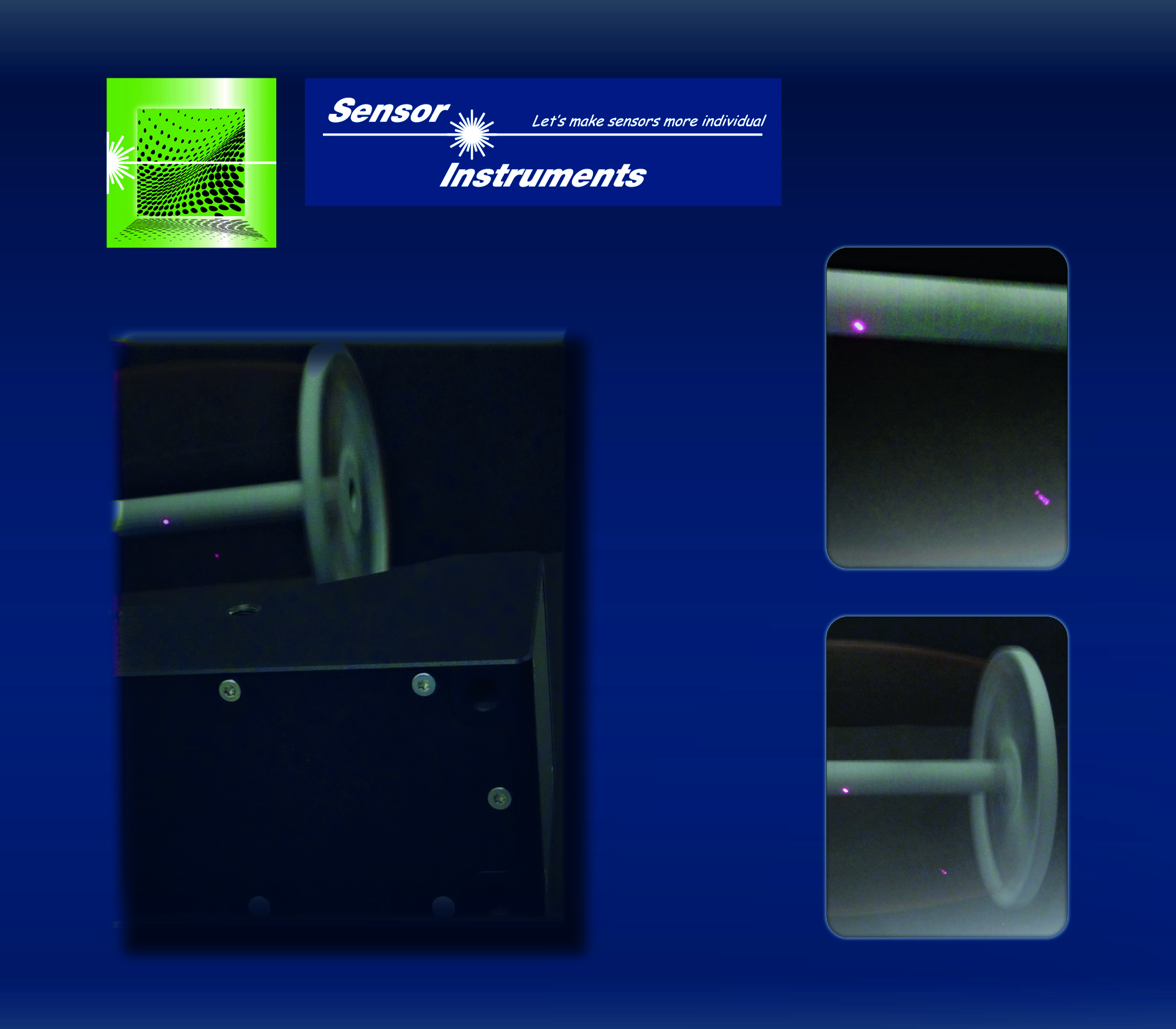 RED-110-P-F60 RED Series |
4 February 2020
Some aspects of technology very well can be compared to real life: The direction is not always up or down. After a "down" there often is an "up" again, and this also applies to edges: As a rule a rising edge is followed by a falling edge, and vice versa. In the series of edge detectors the RED-60-CLS-L and the RED-60-CLS-P now allow the detection of rising and falling edges. ► Press release (Word/pdf) |
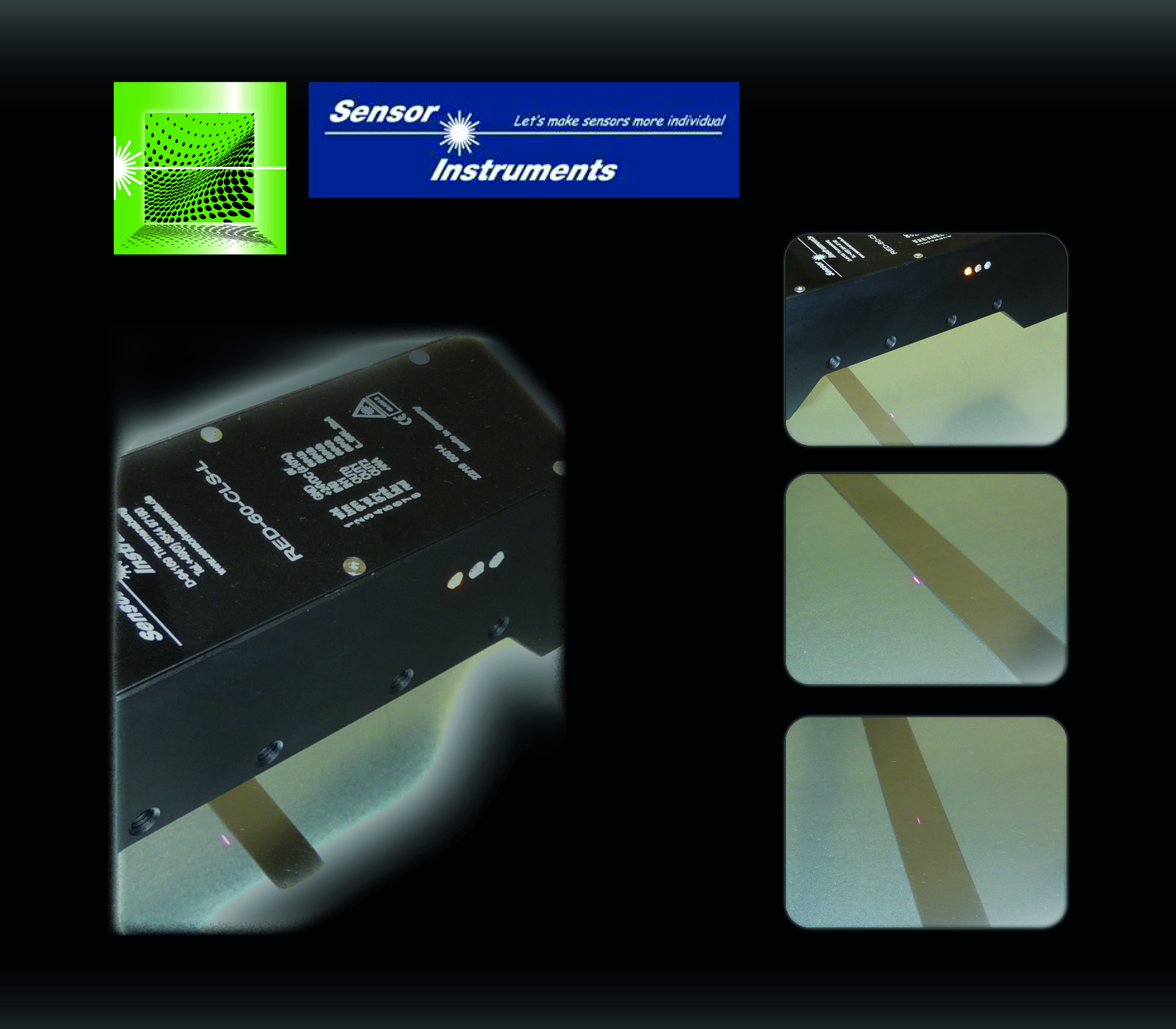 RED-60-CLS-L, RED-60-CLS-P RED Series |
7 November 2019
Light Guide Rods More and more cars today are equipped with light guide rods in their interior, the so-called ambiance area, for example in door panels, dashboard, center console, and roof lining. Through semi-transparent flat strips these light guide rods guide the light into the interior of the car. Any inhomogeneity in the light guide rod would influence the scattering behaviour of the output light. When driving in the dark, a passenger in the car interior would notice this as a bright or dark position along the light strip and would be disturbed by it. ► Press release (Word/pdf) |
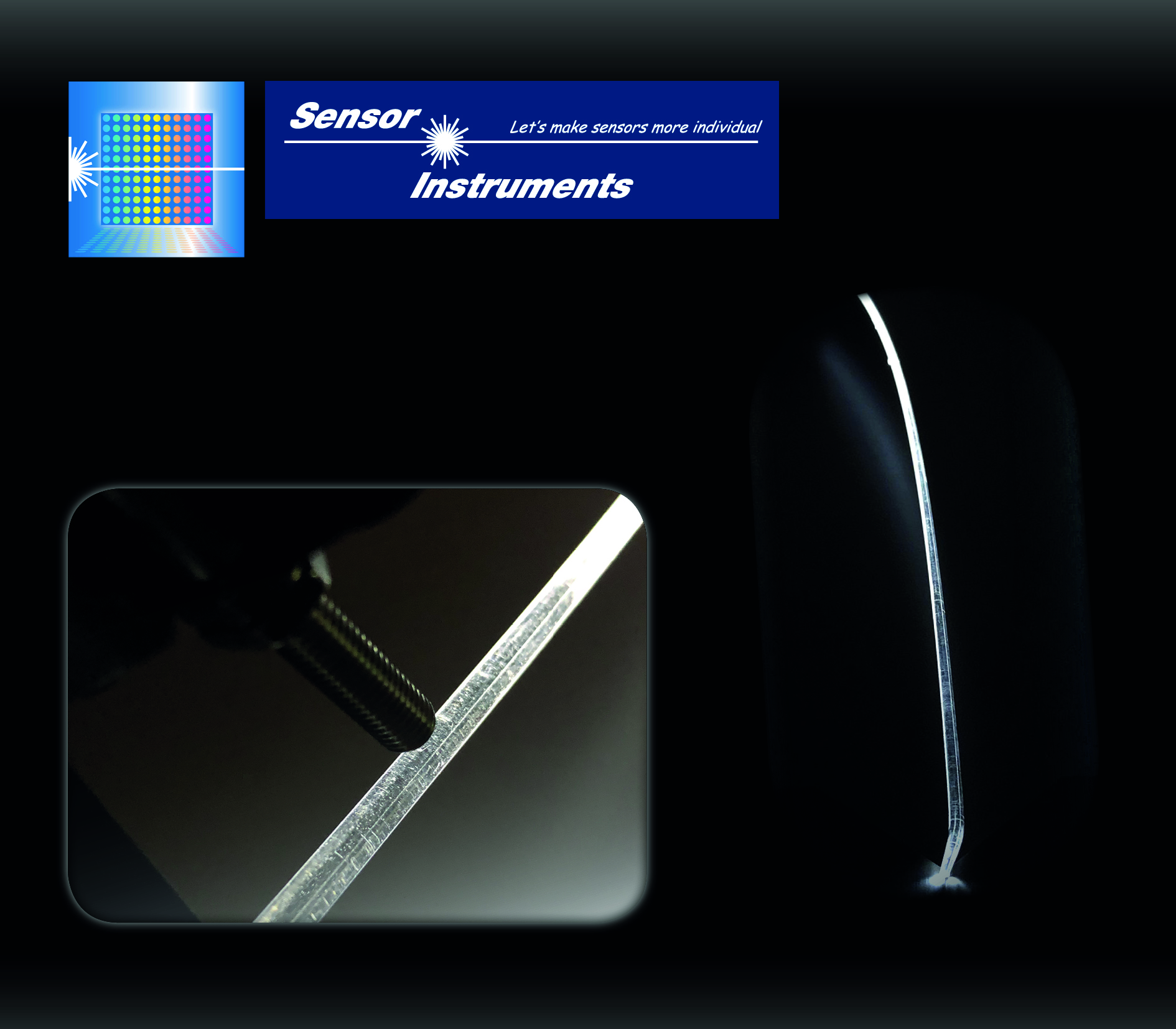 SPECTRO-3-FIO-ANA-LEDCON-HA SPECTRO-3-ANA Series |
14 October 2019
Inline Detectors Offer a new Method of Component Marking In the course of a comprehensive digitisation of industrial production and processes (keyword: Industry 4.0) a new method of marking manufactured components now offers previously undreamed-of possibilities. By way of an individual marking (a random distribution of fluorescent particles on the object surface or in the object matrix) a virtual key can be generated and can be used to save product-relevant data e.g. on the server (or in the cloud). Due to the random distribution of these fluorescent particles this "star code" represents a kind of "digital fingerprint". Already a few particles in the viewing field are sufficient to guarantee safe and robust recognition, with little required memory space per code. ► Press release (Word/pdf) |
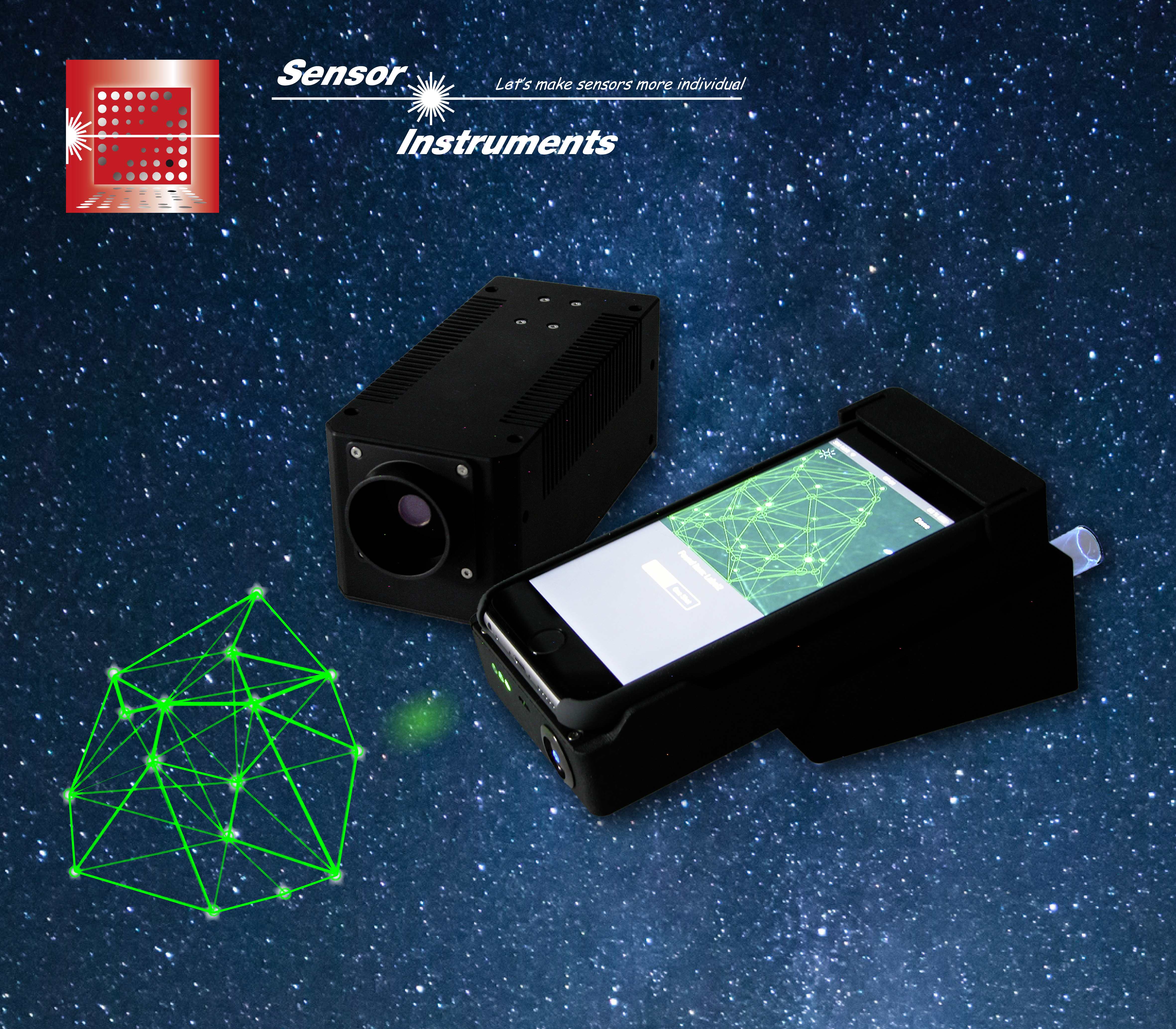 LUMI-STAR-MOBILE and LUMI-STAR-INLINE LUMI Series |
29 April 2019
Hand-held units for measuring the gloss level have been successfully used in the industry for years, and three viewing angles have been established as a standard: 20°, 60° and 85° measured from the vertical axis. The paper industry is an exception here and primarily uses viewing angles of 45° and 75°. The gloss level is determined by measuring the direct reflection at the object surface to be inspected. |
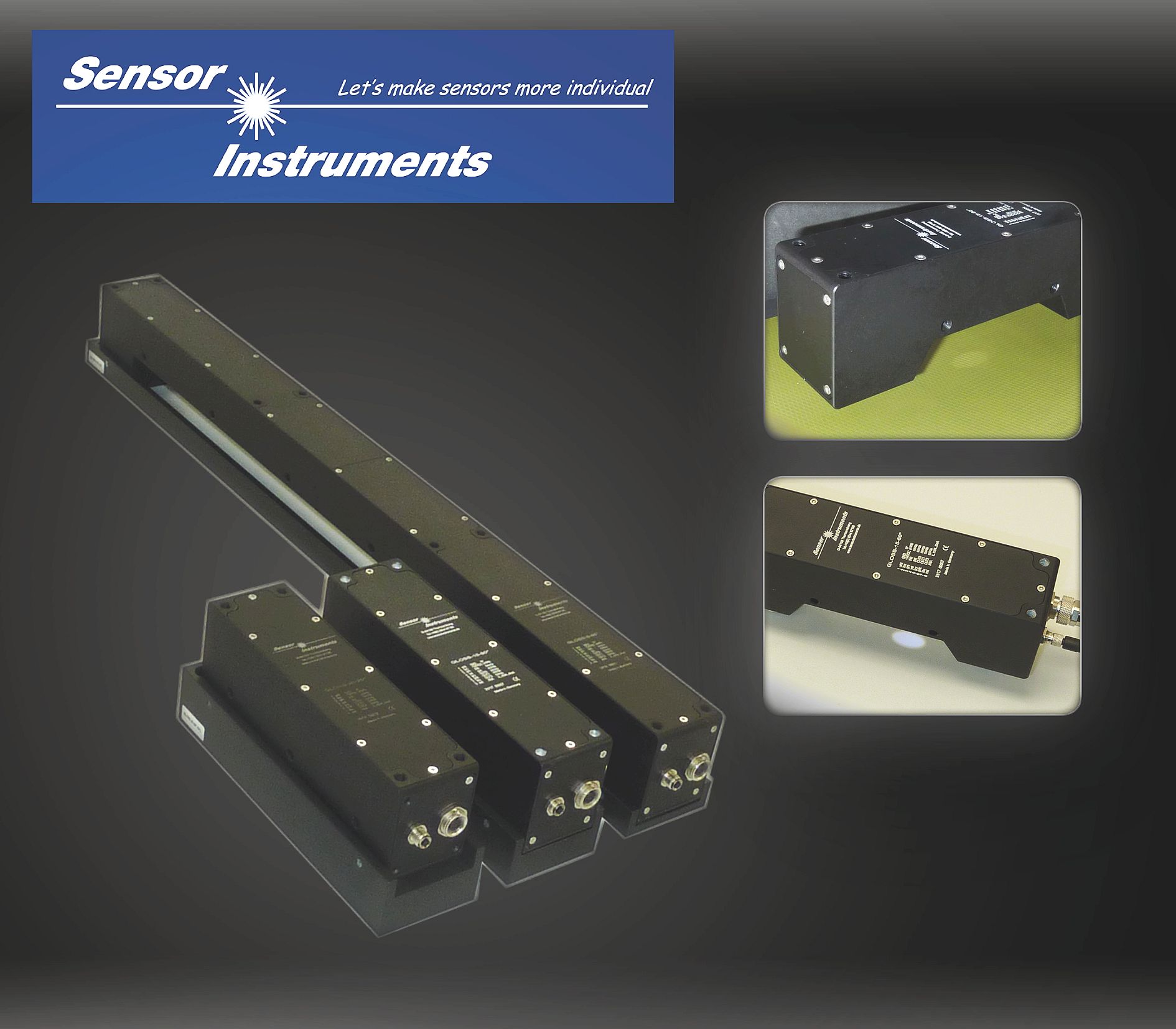 Inline gloss meters GLOSS Series |
22 March 2019
95% of all the industrially produced flat glass today is made using the float glass process. In this process, molten glass is continuously fed into a bath of molten tin. Due to its lower specific weight the molten glass floats on the smooth tin surface, and on a long tin bath forms a uniformly thick and extremely smooth film. The glass side that faces the molten tin is slightly contaminated with tin, which has corresponding effects on subsequent float glass processing steps such as coating of the glass surface. For the further processing of float glass it is therefore important that the surface that is contaminated by the tin bath can be distinguished from the so-called fire side (fire polishing, during float glass production the glass side facing away from the molten tin is heated). |
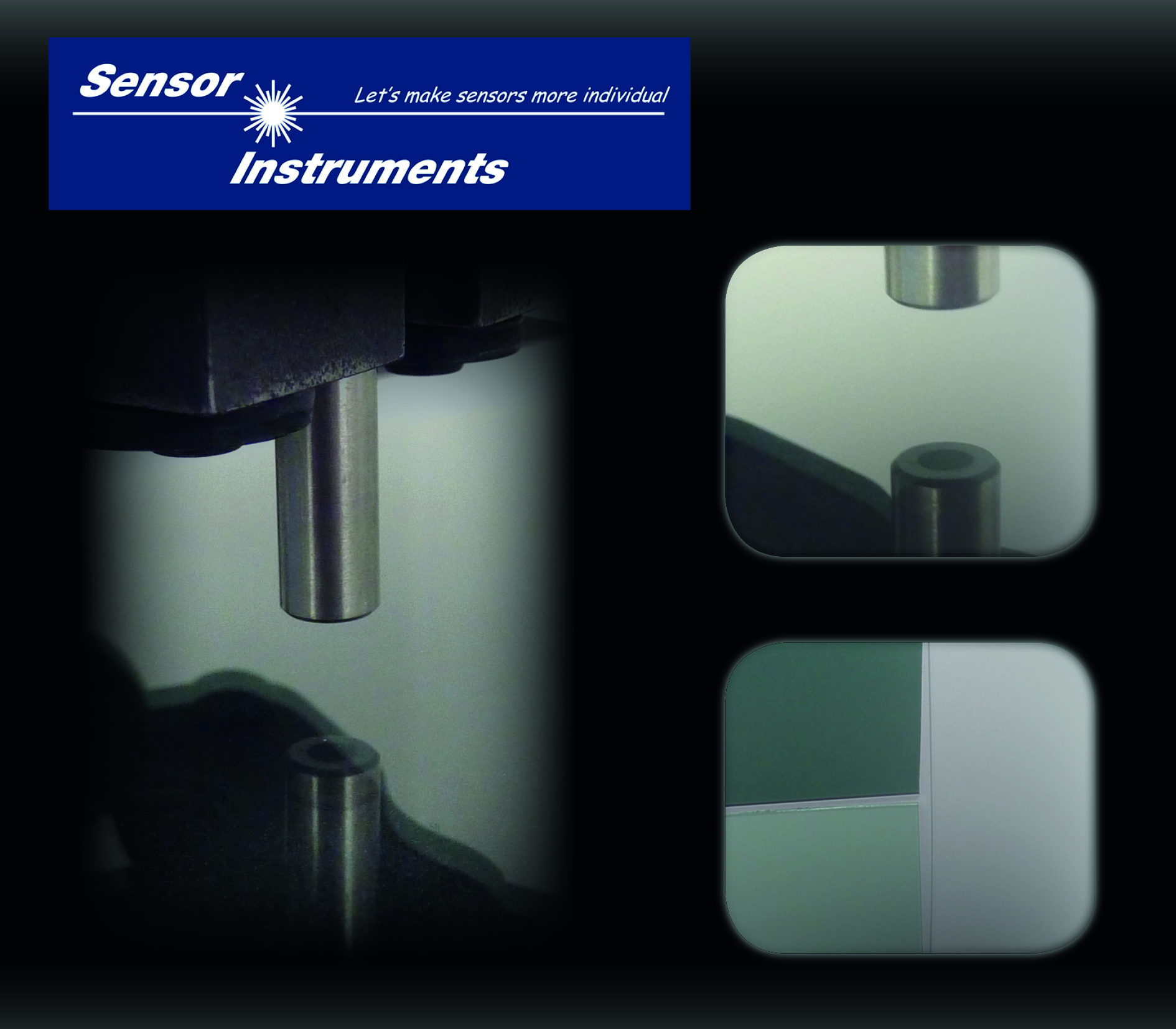 Contrast sensor SPECTRO-1-FIO-UVC/UVC |
20 February 2019
In the production of oil and air filters for the automobile industry these filters must reach the required throughput rate, which is achieved by folding the filter material so that it provides a large filter surface on a minimum of space. Depending on the filter type there are differences in the fold depth and in the numbers of folds. |
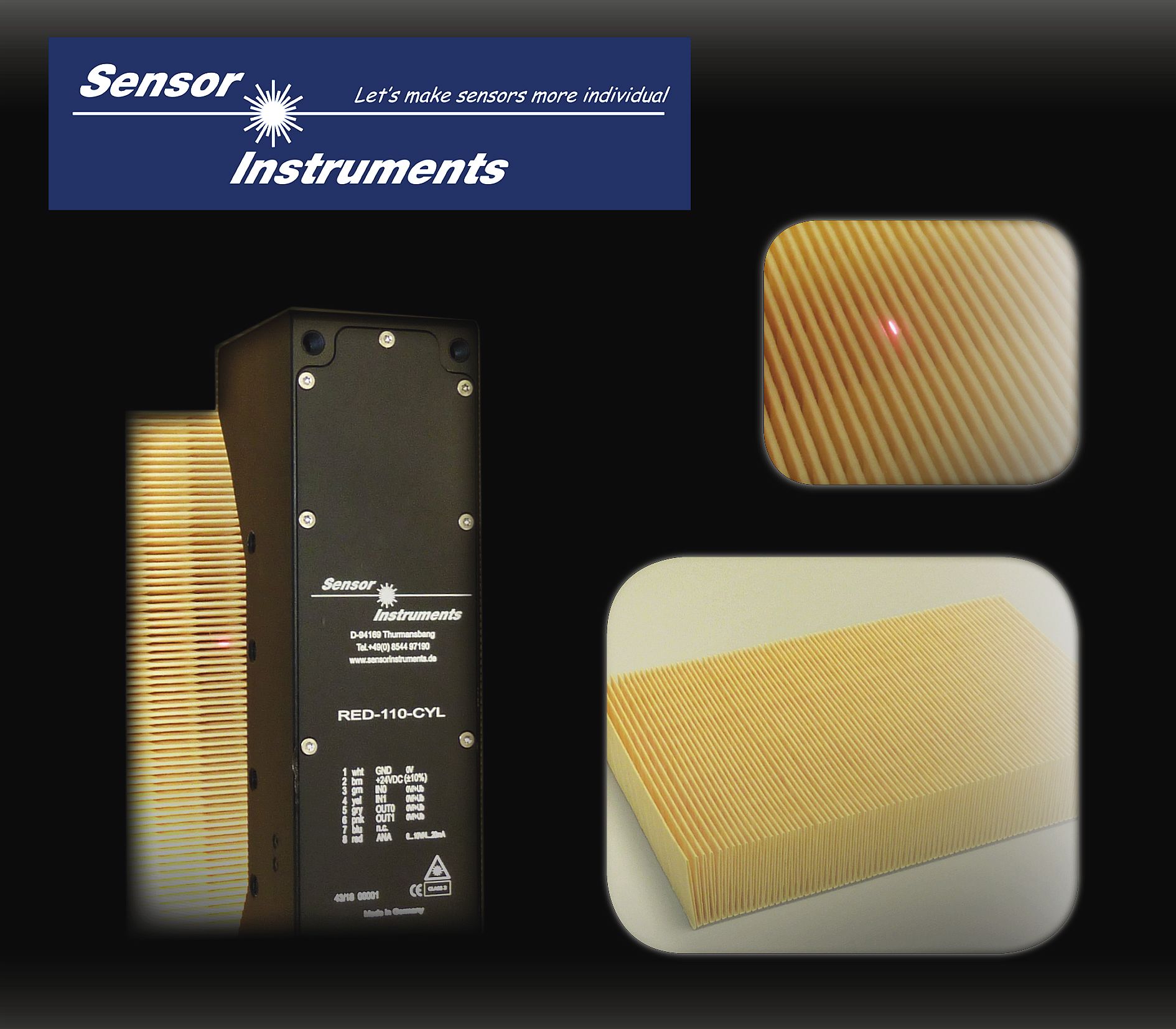 |
| Laser edge detector RED-110-L |
7 February 2019
For the detection of welding seams, contrast or color sensors would seem to be the proper solution, because in most cases the welding seam optically shows a clear difference from the surrounding product surface. In everyday practice, however, it turns out that these methods involve frequent readjustment and reparameterisation. |
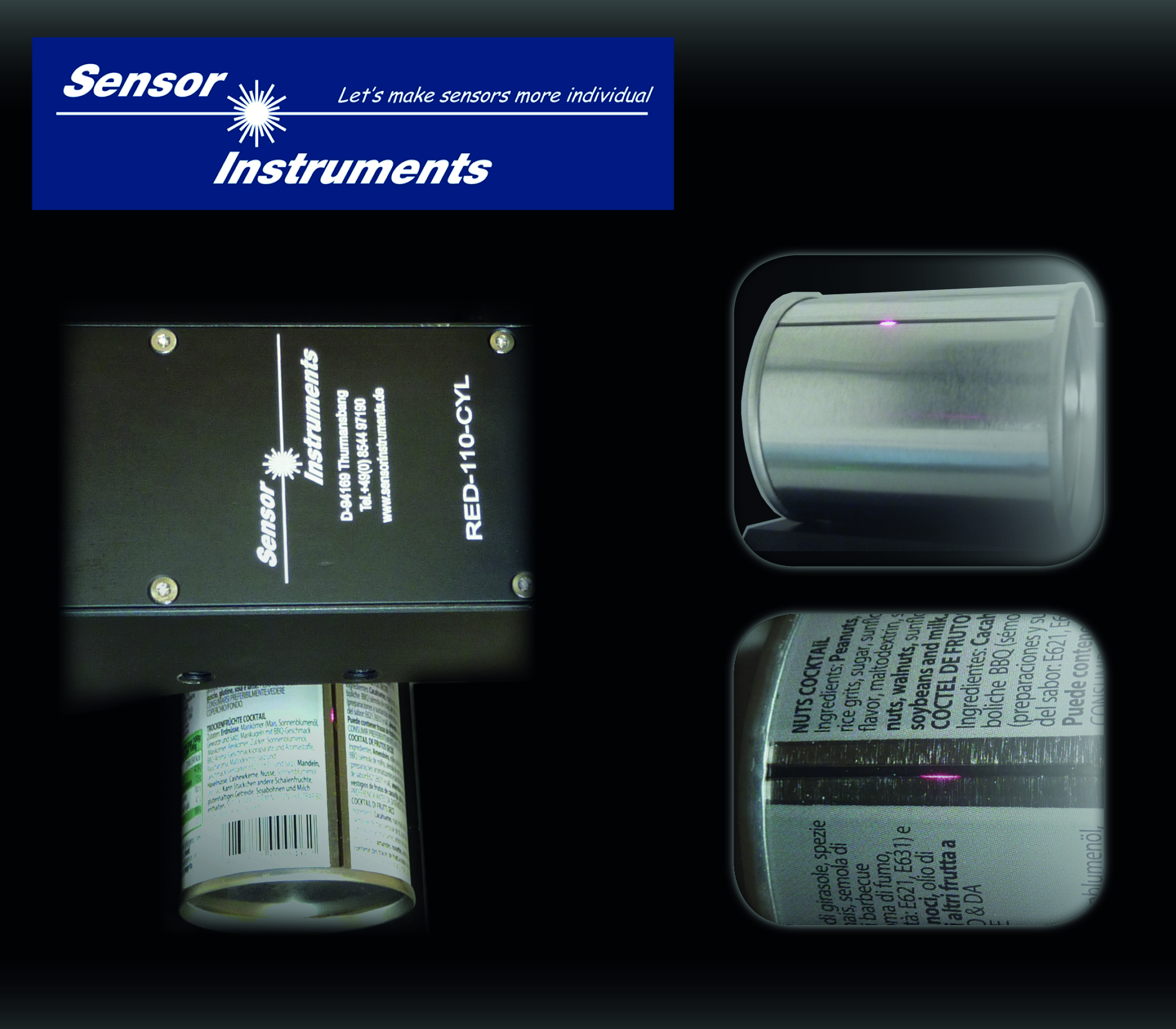 |
| Laser edge detector RED-110-L |
4 February 2019
Up to now it may have been sufficient for a sensor manufacturer to provide systems with digital outputs, a 0V to +10V analog voltage output, and a 4mA to 20mA analog current output. In the foreseeable future, however, communication between sensors and programmable logic controllers (PLCs) primarily will be performed in digital serial form with a correspondingly high data rate. The future belongs to the so-called Industrial Ethernet. |
 |
| RS232-to-PROFINET® converter and RS232-to-EtherCAT® converter |
21 January 2019
Conventional detectors particularly reach their limits when they have to detect and count stacked transparent objects such as plastic drinking cups of plastic caps. Especially in the process of packaging, however, it is of great importance to place the exact number of objects in a packaging unit. Such problems now can be solved with the RED series (a RED-110-L was used for this application). |
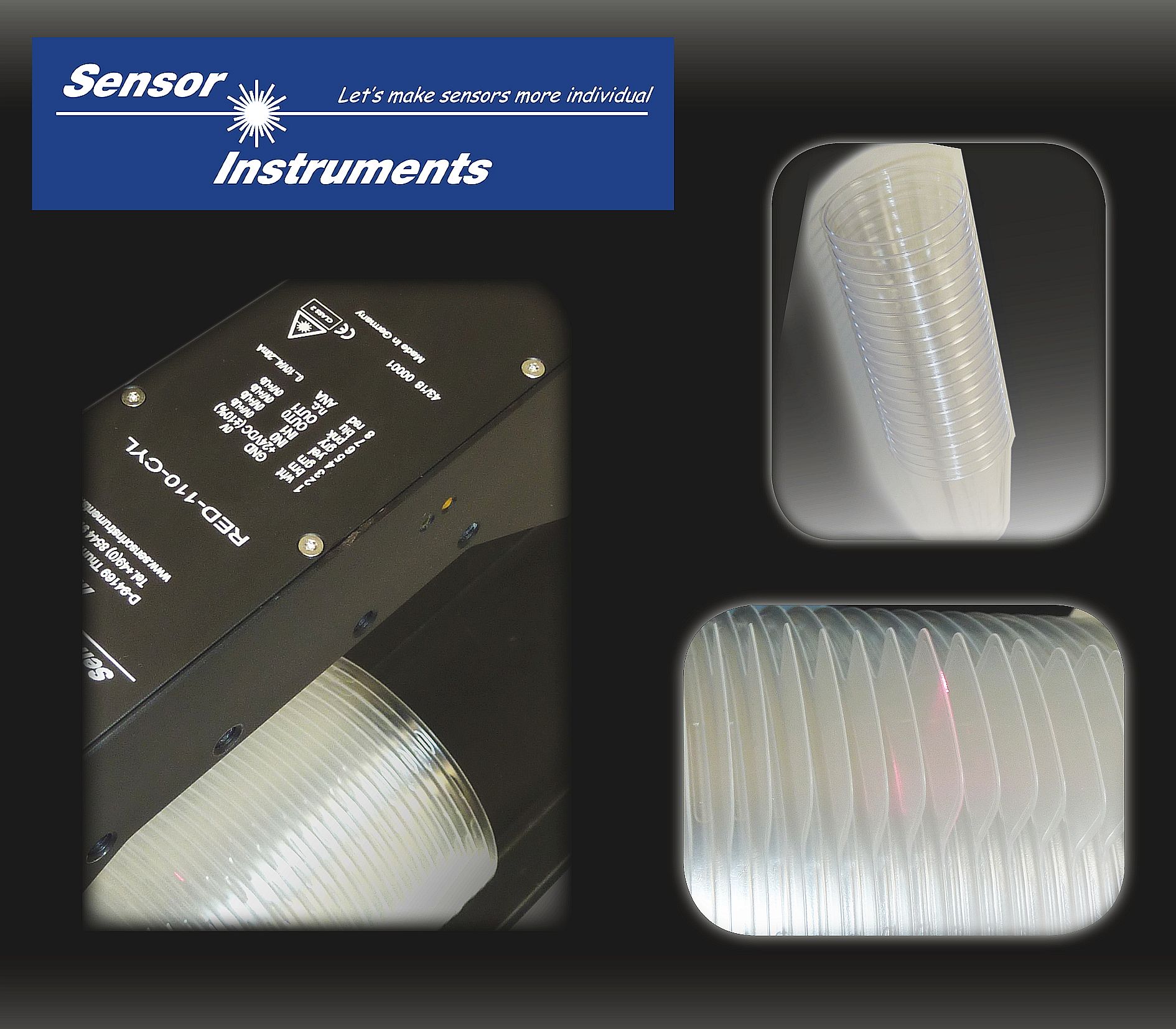 |
| Laser edge detector RED-110-L |
26 November 2018
At first everything seemed to be quite clear, just another measurement task that we surely would manage without any problems with one of our GLOSS series sensors. According to the descriptions provided by the customer it seemed to be gloss grade measuring task, and at the beginning the only question seemed to be at which angle measurement should be performed: 20°, 60° or 85° from the vertical? |
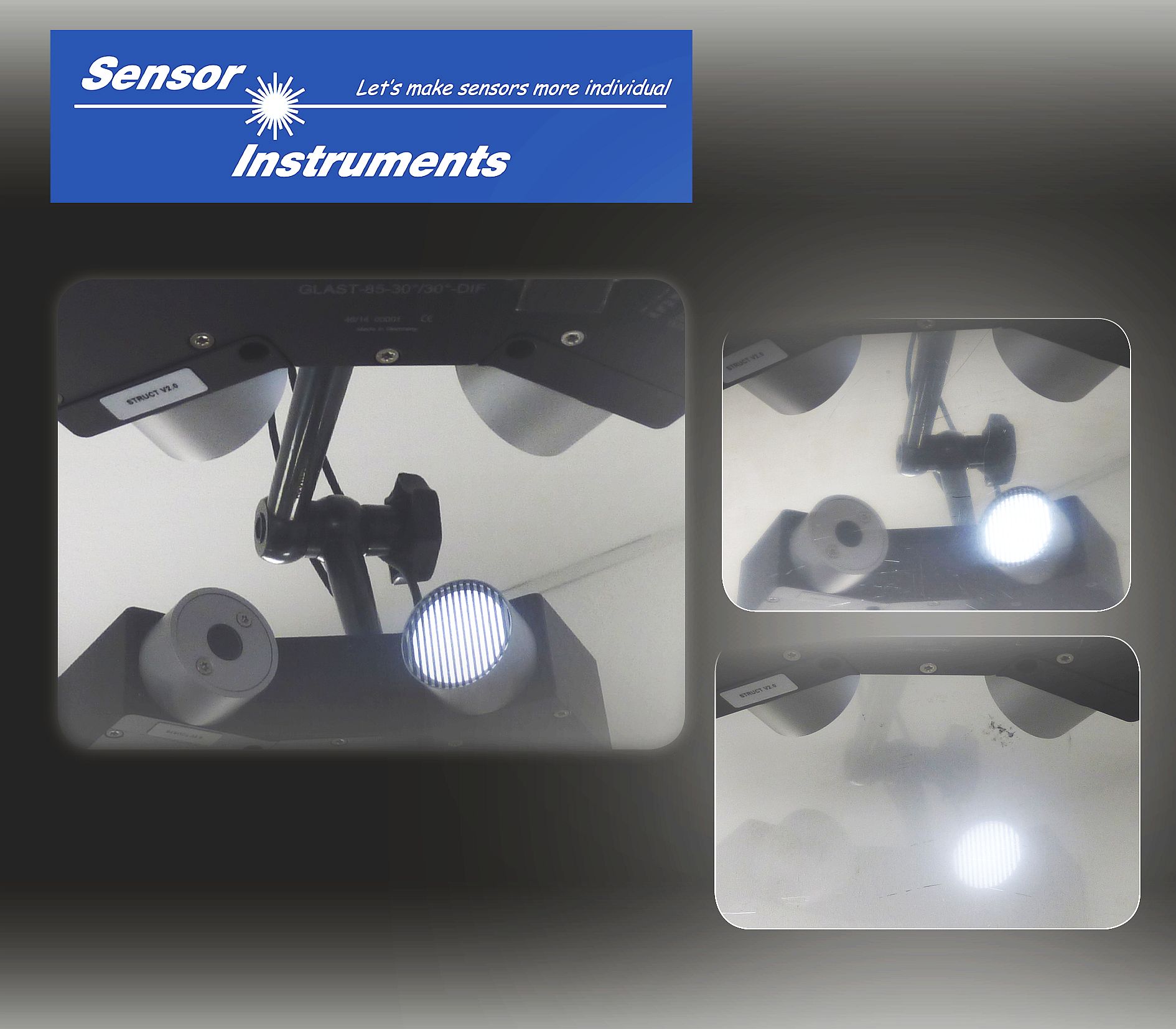 |
| Gloss sensor GLAST-85-30°/30°-DIF-1.0/1.0 |
19 November 2018
|
When cartons, magazines, or single sheets are packed, it must be ensured that each package has the correct number of items. In most cases such material is transported in shingled form before, as with magazines, newspapers or advertising prints, it is packed by means of a compensating stacker. Depending on the thickness of the individual copies and on their transport speed (up to 10m/s) the shingled stream may have differing heights in this process. ► Press release |
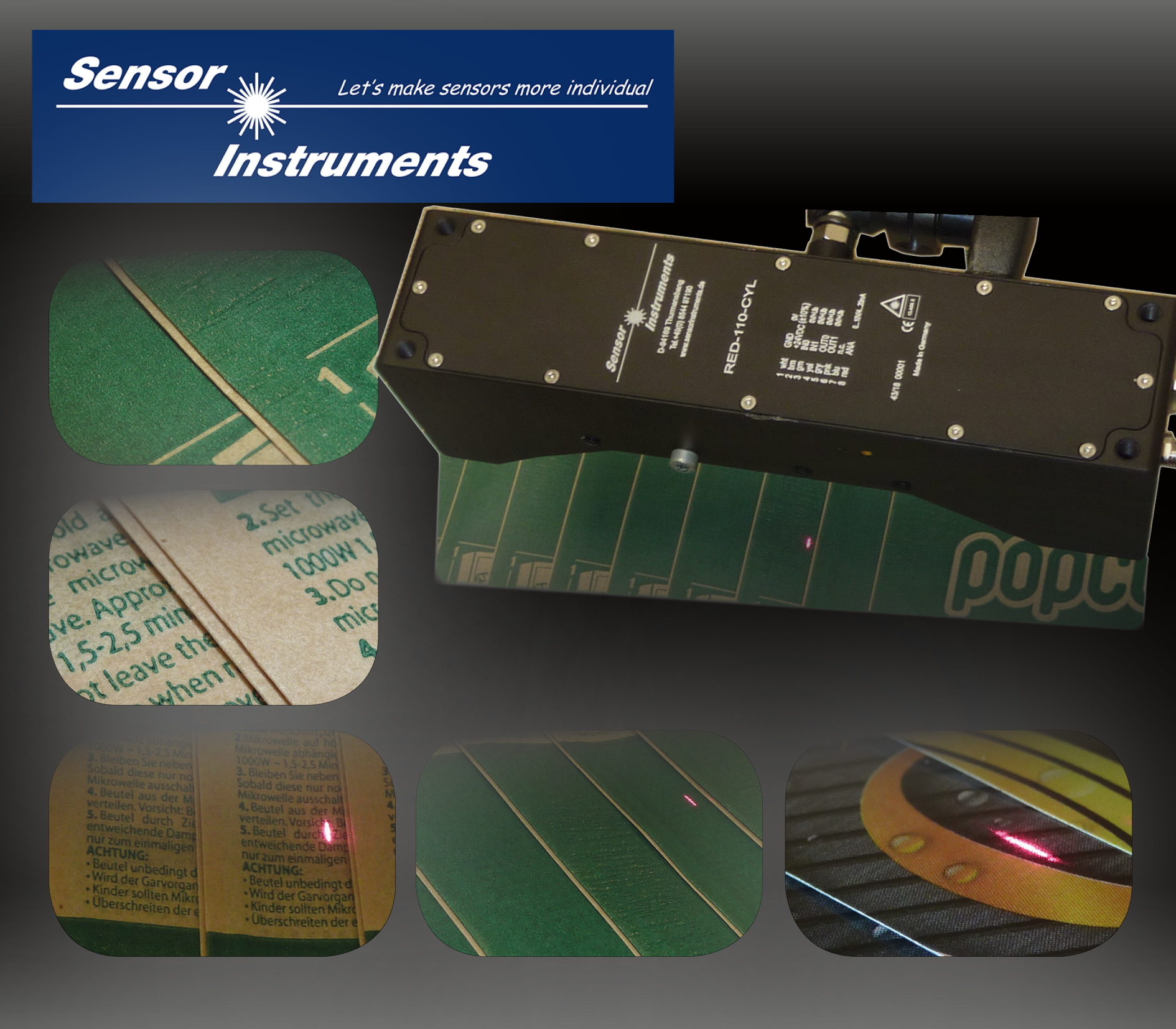 |
| Laser edge detector RED-110-L |
19 November 2018
| In the last years the spray nozzles at windscreens have seen quite some development. The jet now comes as a fan jet or spot jet. A homogeneous spray mist application onto the intended angle range is now accurately guaranteed with fan jets, as is the point-shaped jet application on the front cameras by means of exactly directed and hardly diverging spot jets. ► Press release |
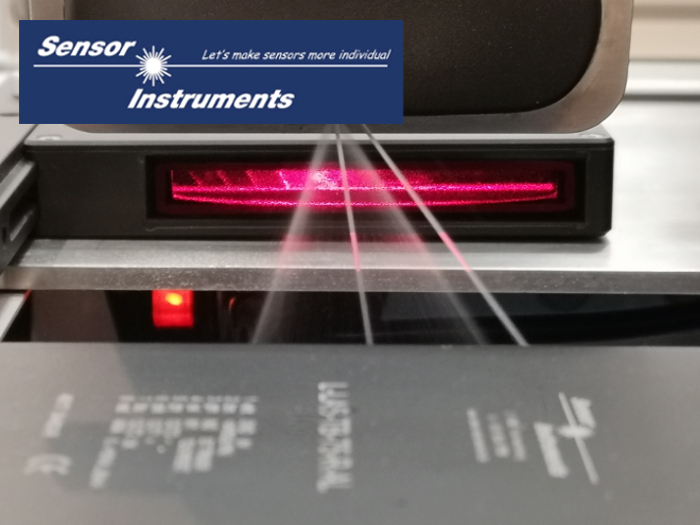 |
| Laser line through-beam sensor L-LAS-TB-100-AL-SC |
9 November 2018
Usually the color checking of color paint during production primarily is done in a laboratory. A paint sample is taken, and the color of this sample is then checked by way of a thin paint layer in dry condition. This process of course takes some time, time in which paint production might run out of the permissible tolerances and thus might require time-consuming and expensive follow-up treatment. ► Press release |
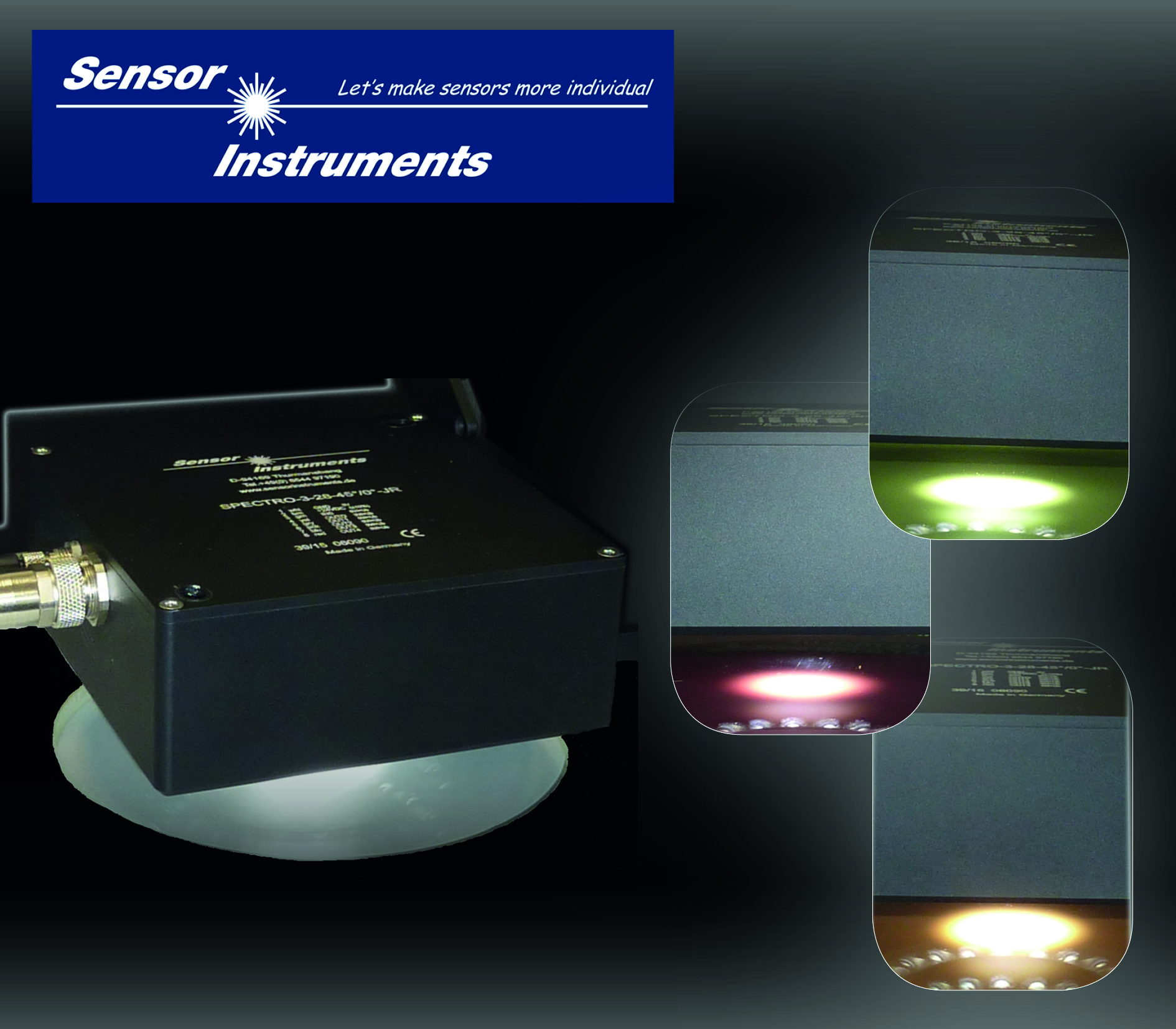 |
| Color measurement sensor SPECTRO-3-28-45°/0°-MSM-ANA-DL |
22 October 2018
Especially the counting of transparent, stacked plastic caps, as they for example frequently are used in the packing industry, usually is a highly problematic application because on the one hand the edges of individual caps are not always exactly aligned, and on the other hand copy counters that work with the reflected-light principle do not provide a reliable counting result especially with transparent objects.
► Press release |
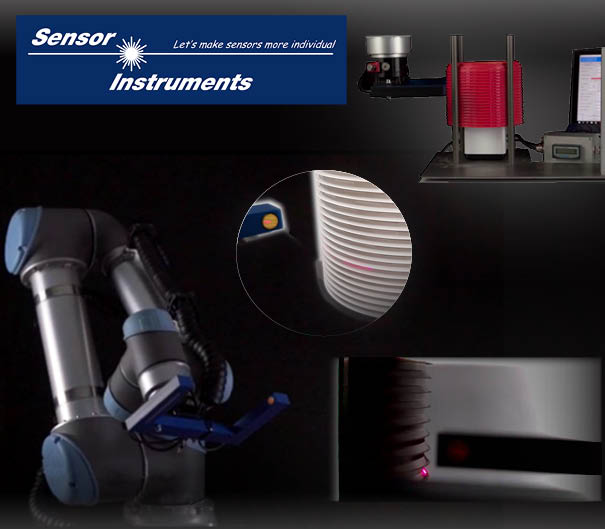 |
| Laser through-beam sensor A-LAS-N-F16-9.5x0.8-150/80-C-2m with electronic control unit SPECTRO-1-CONLAS |









